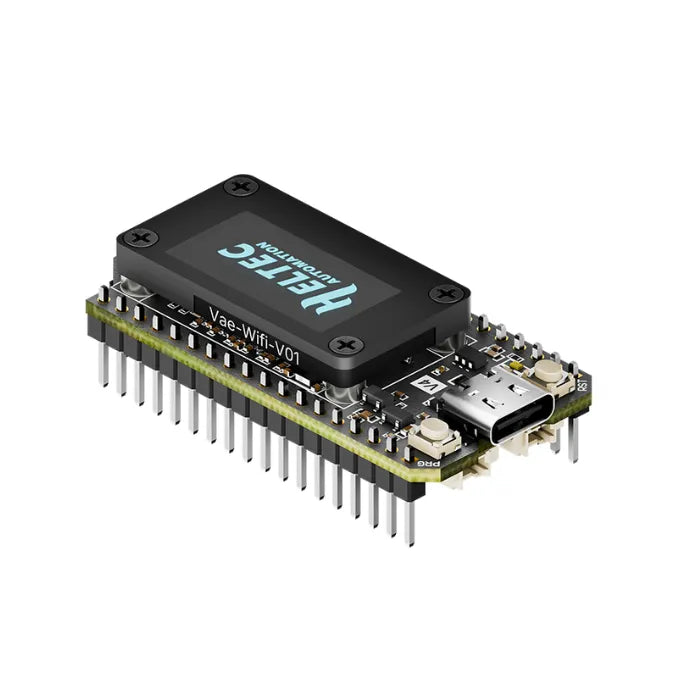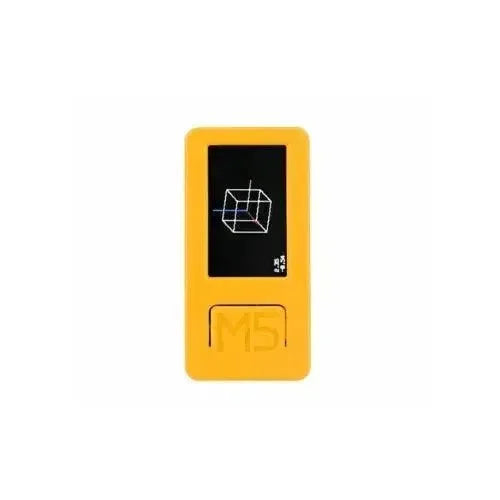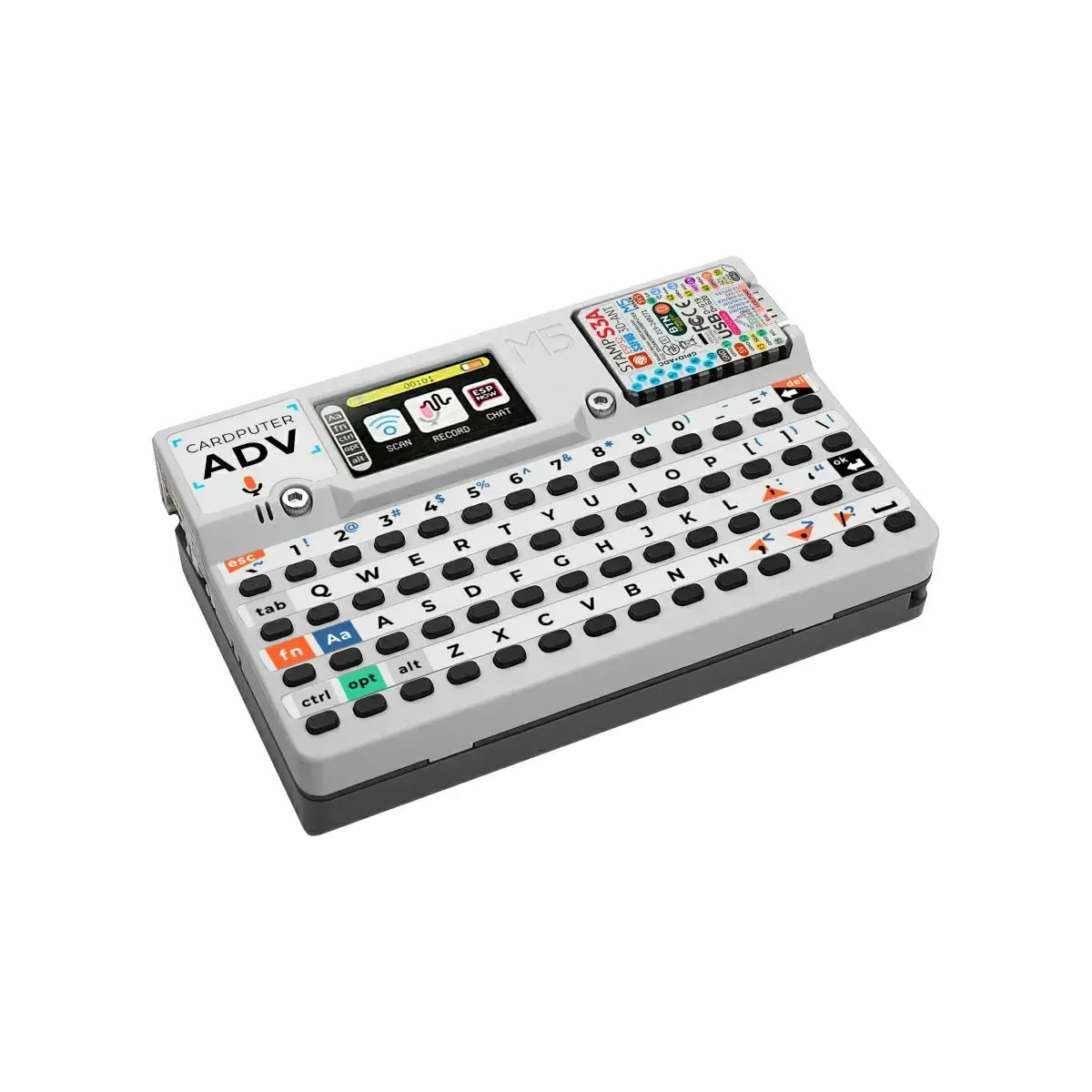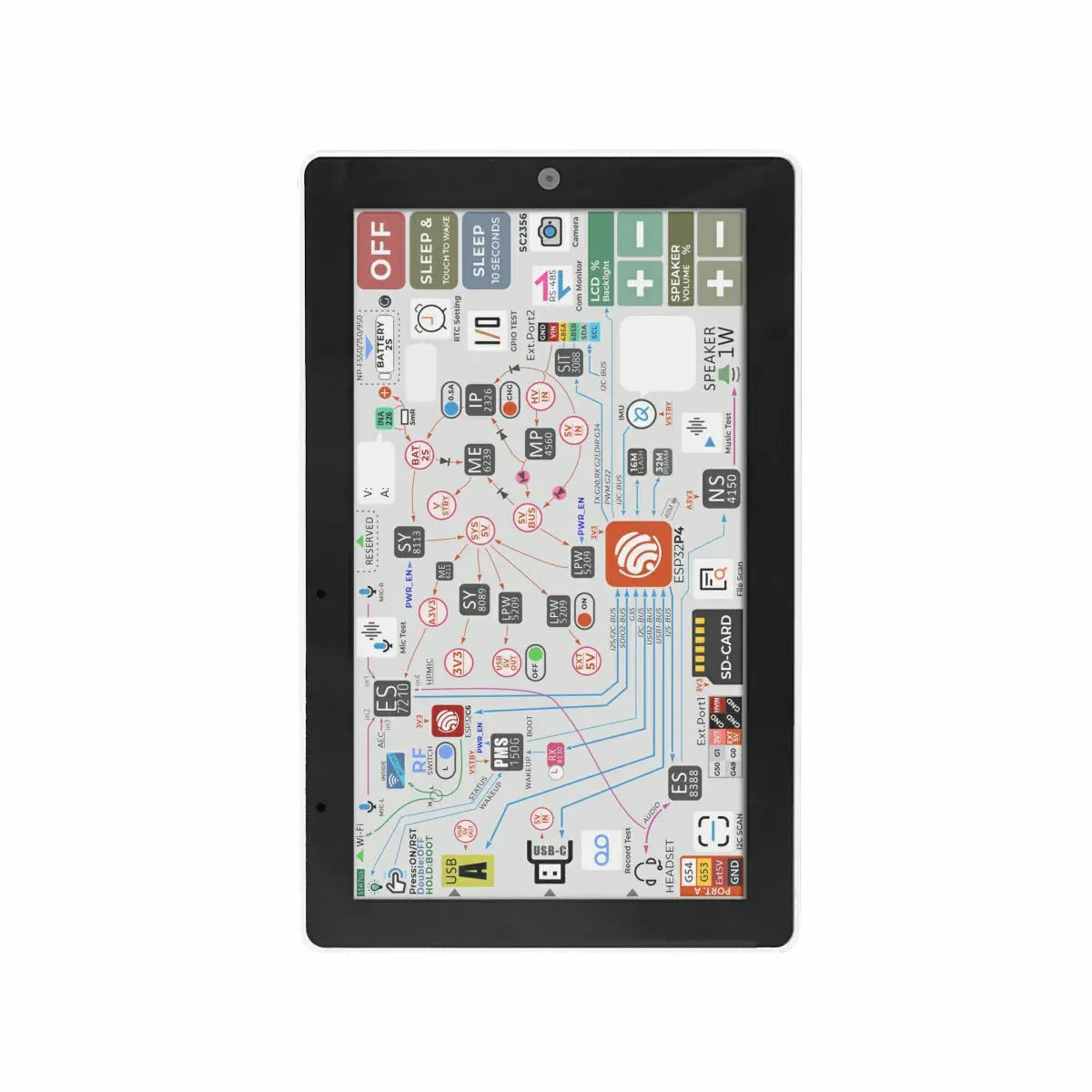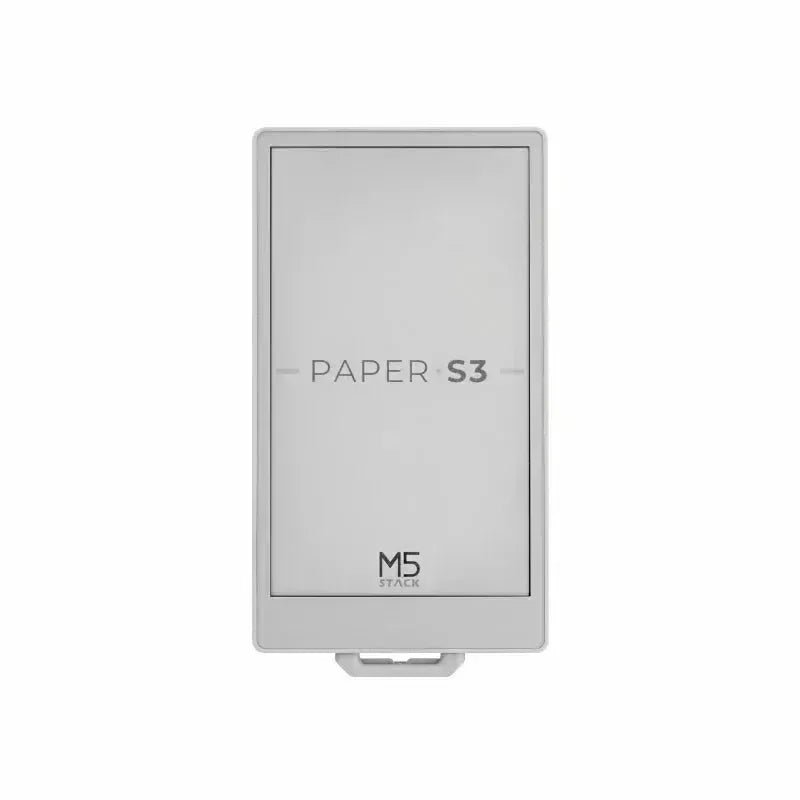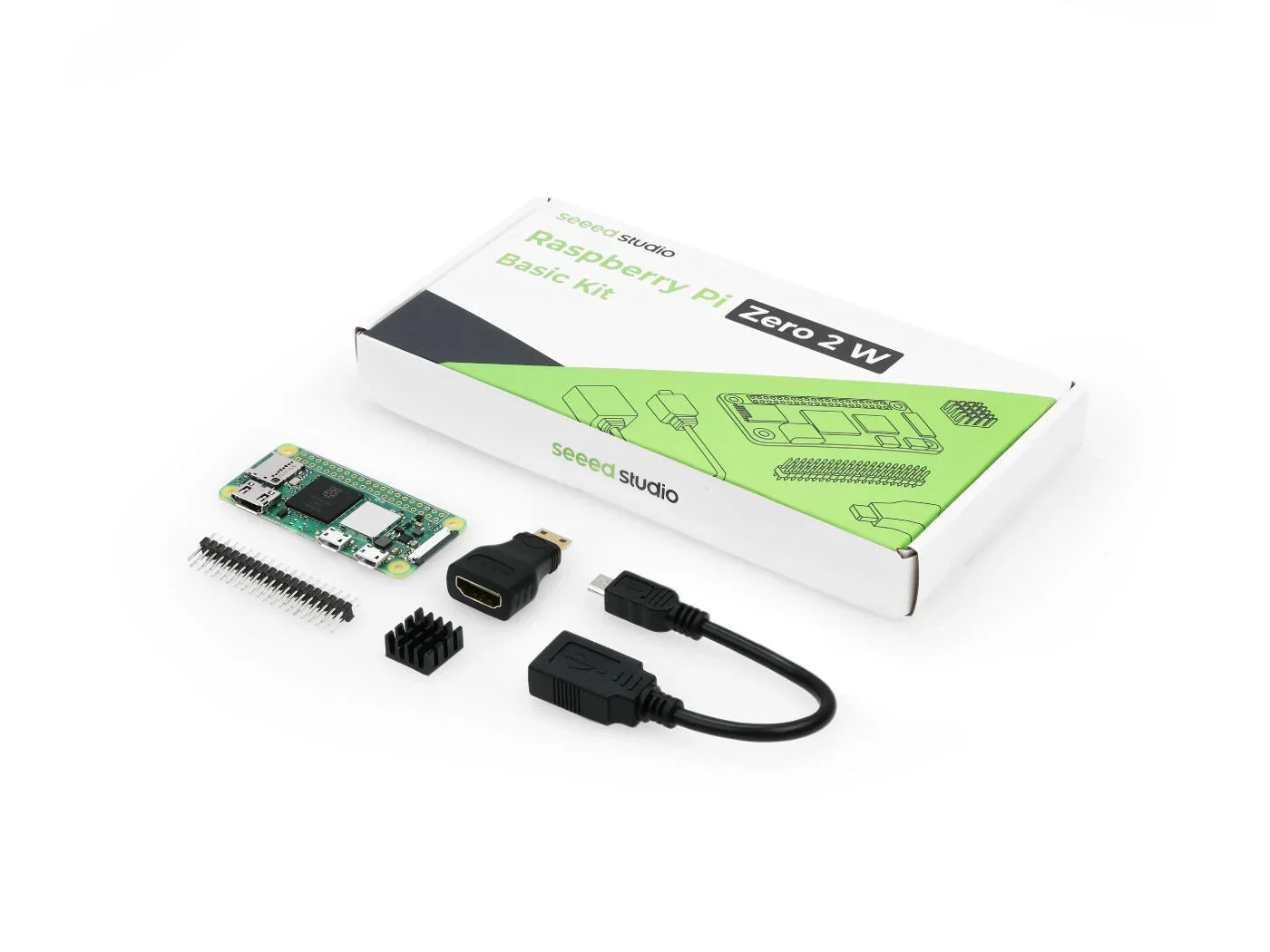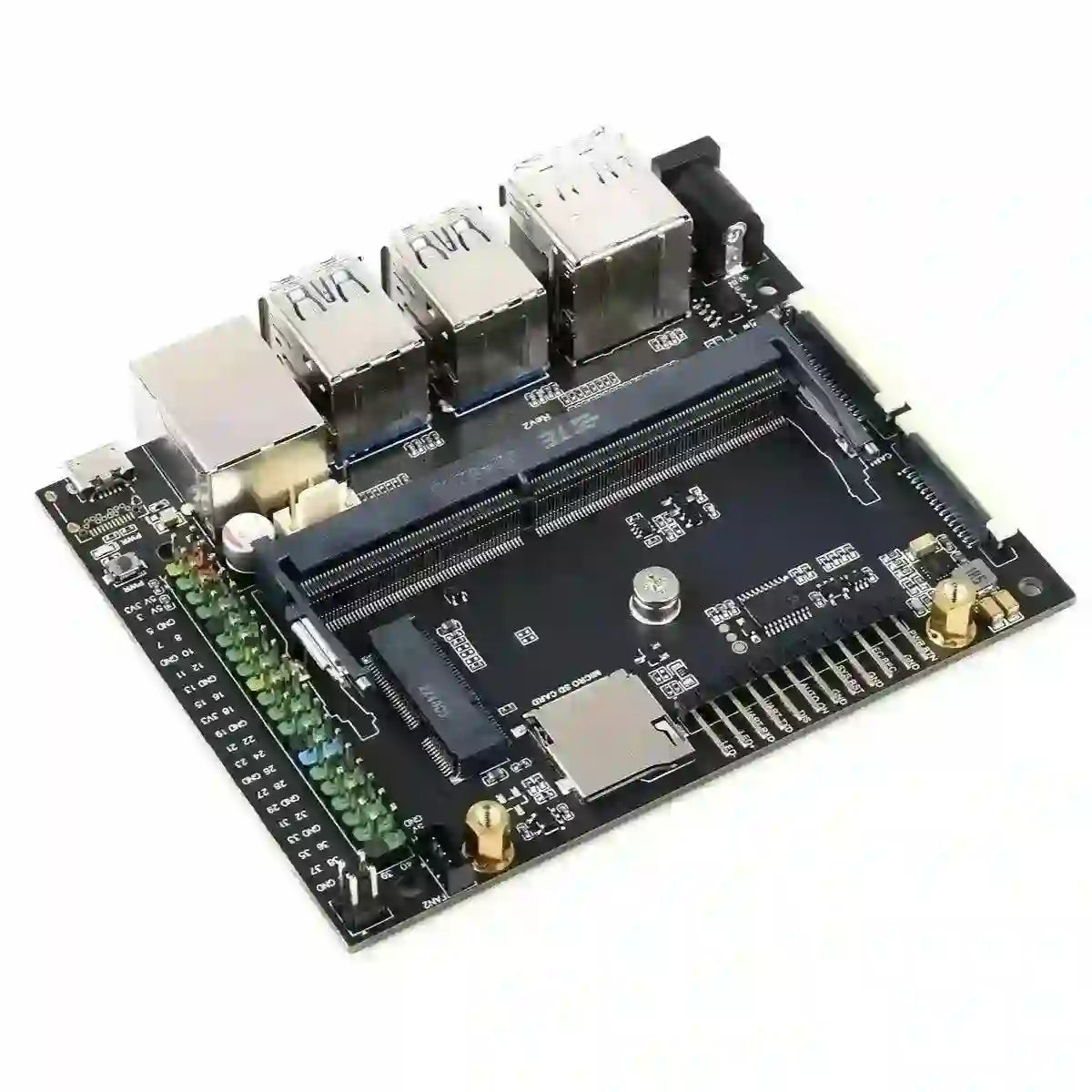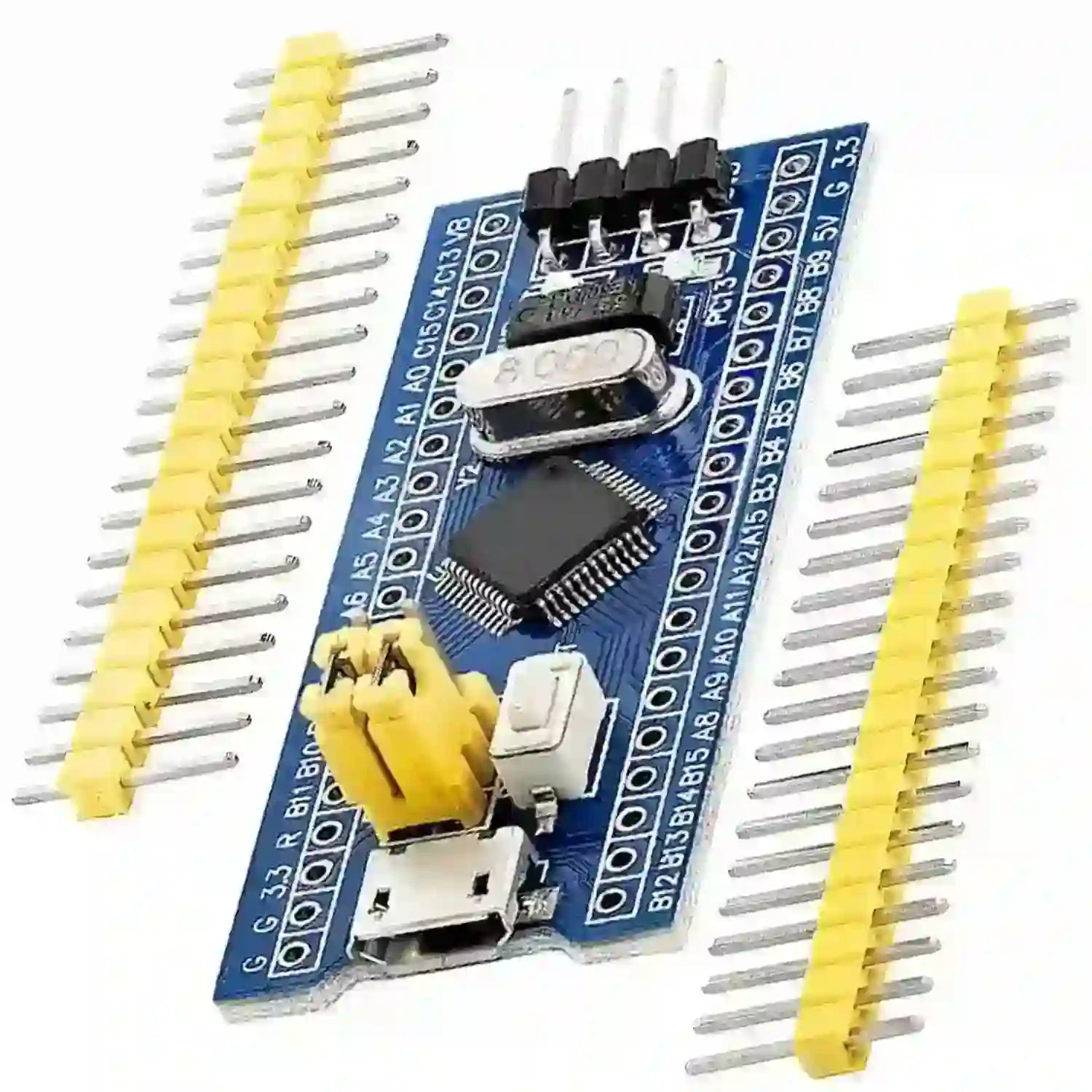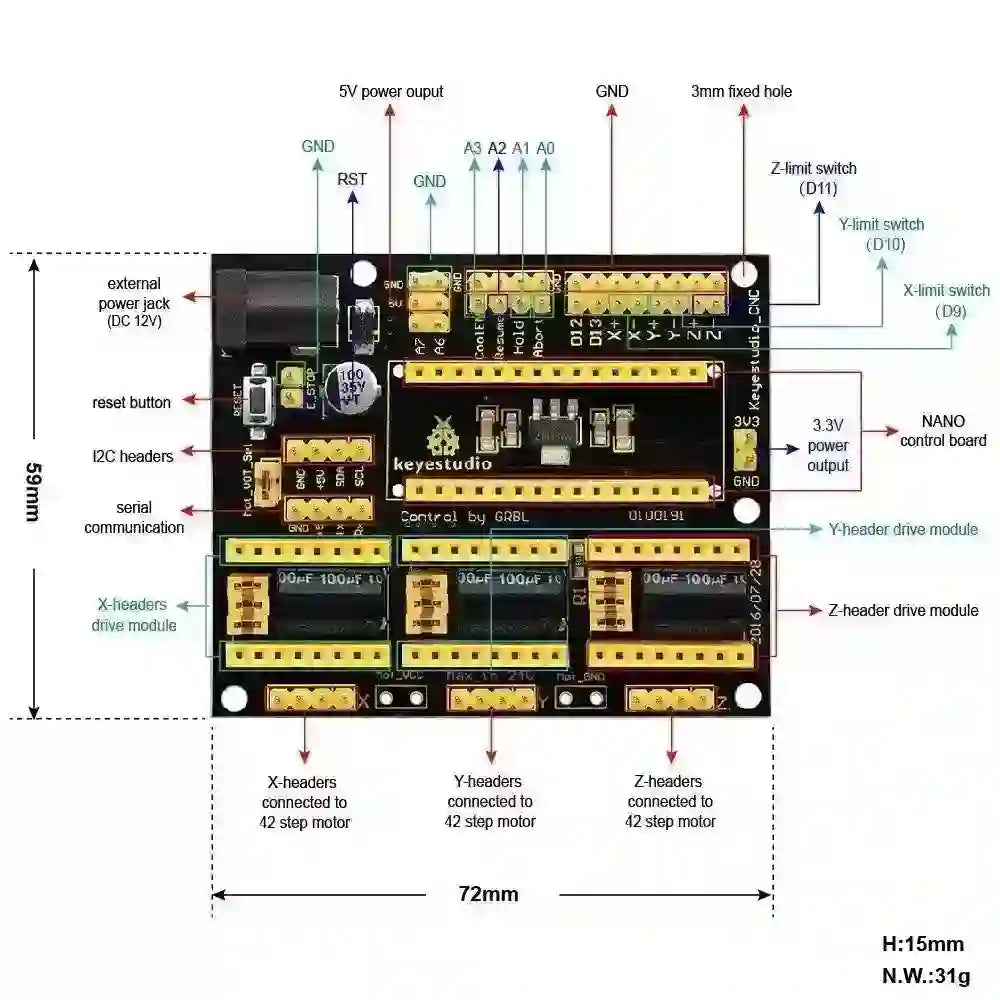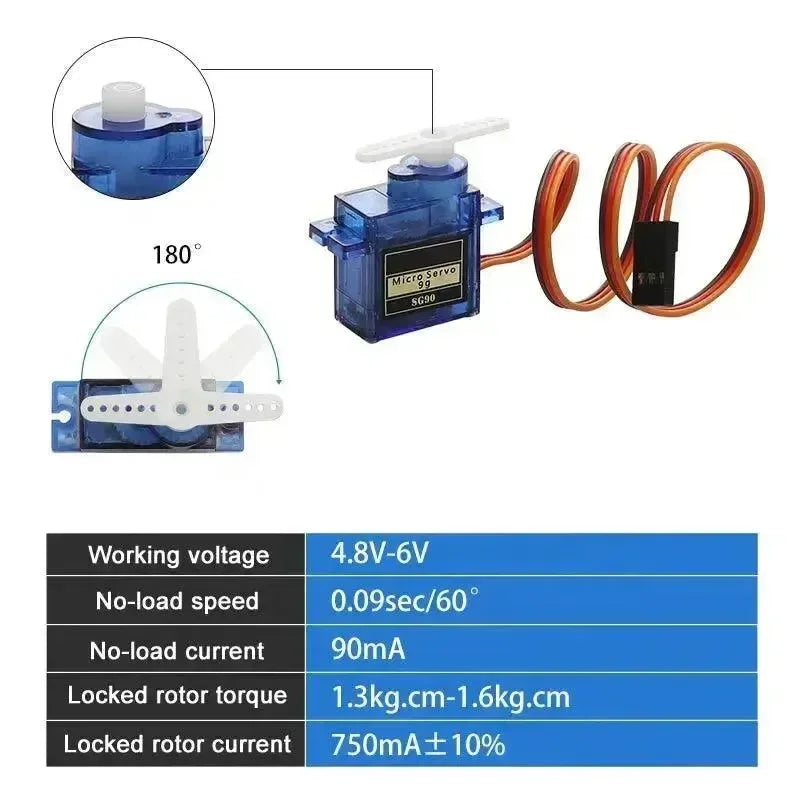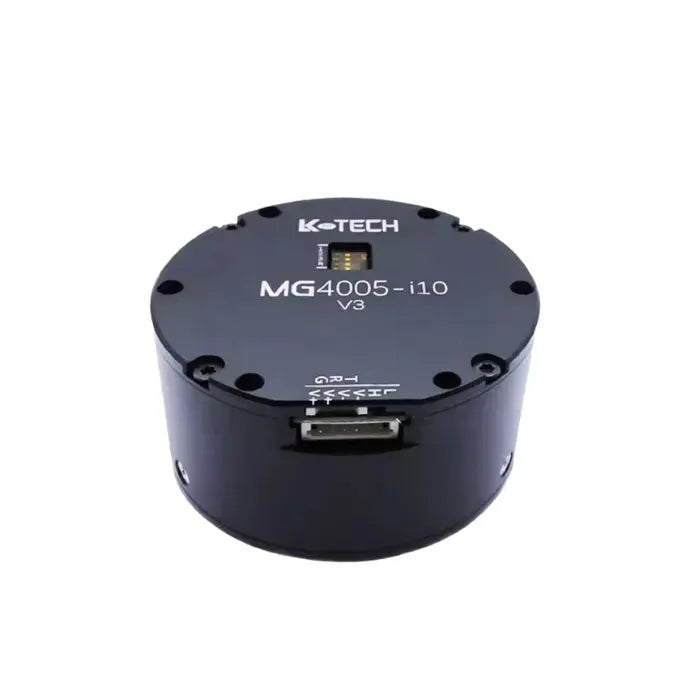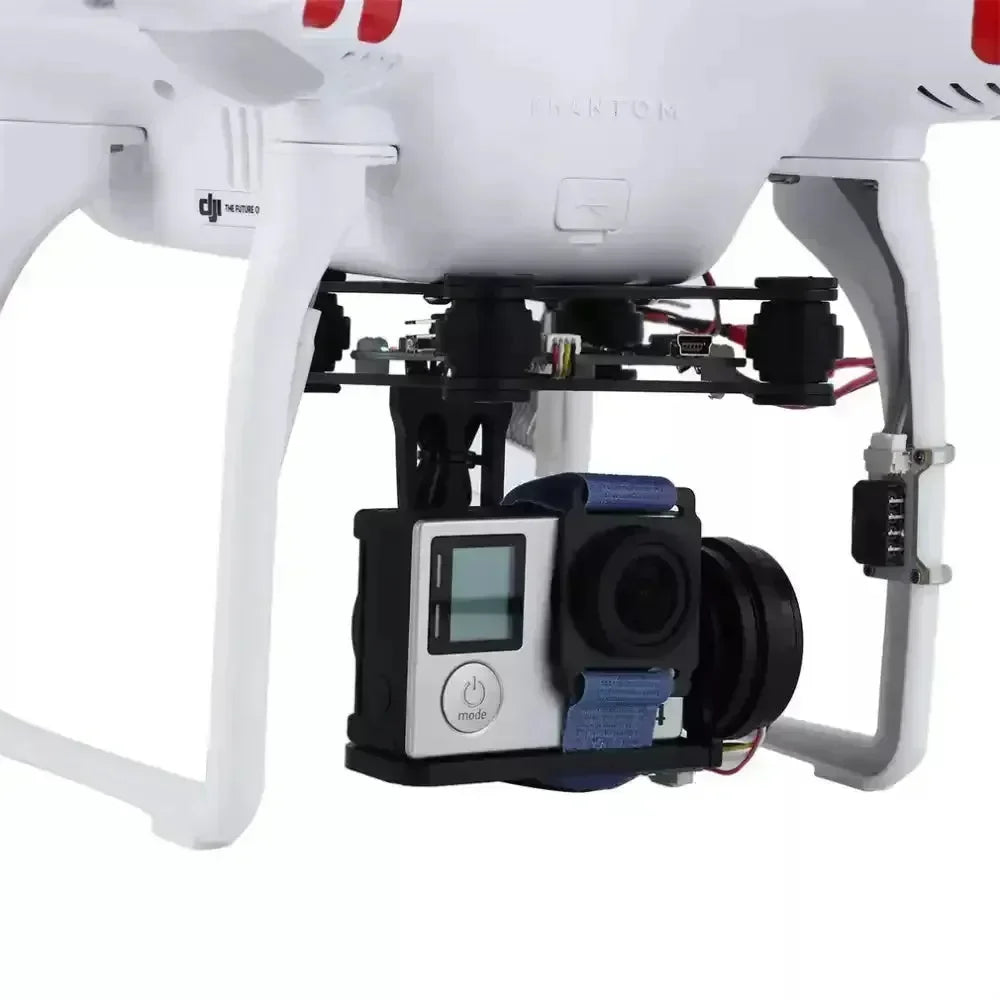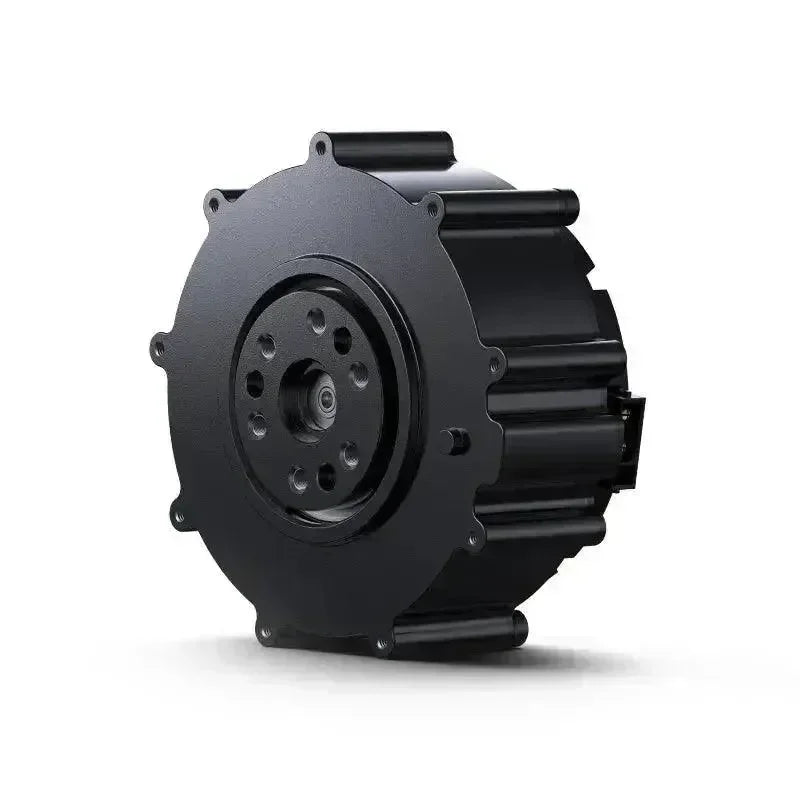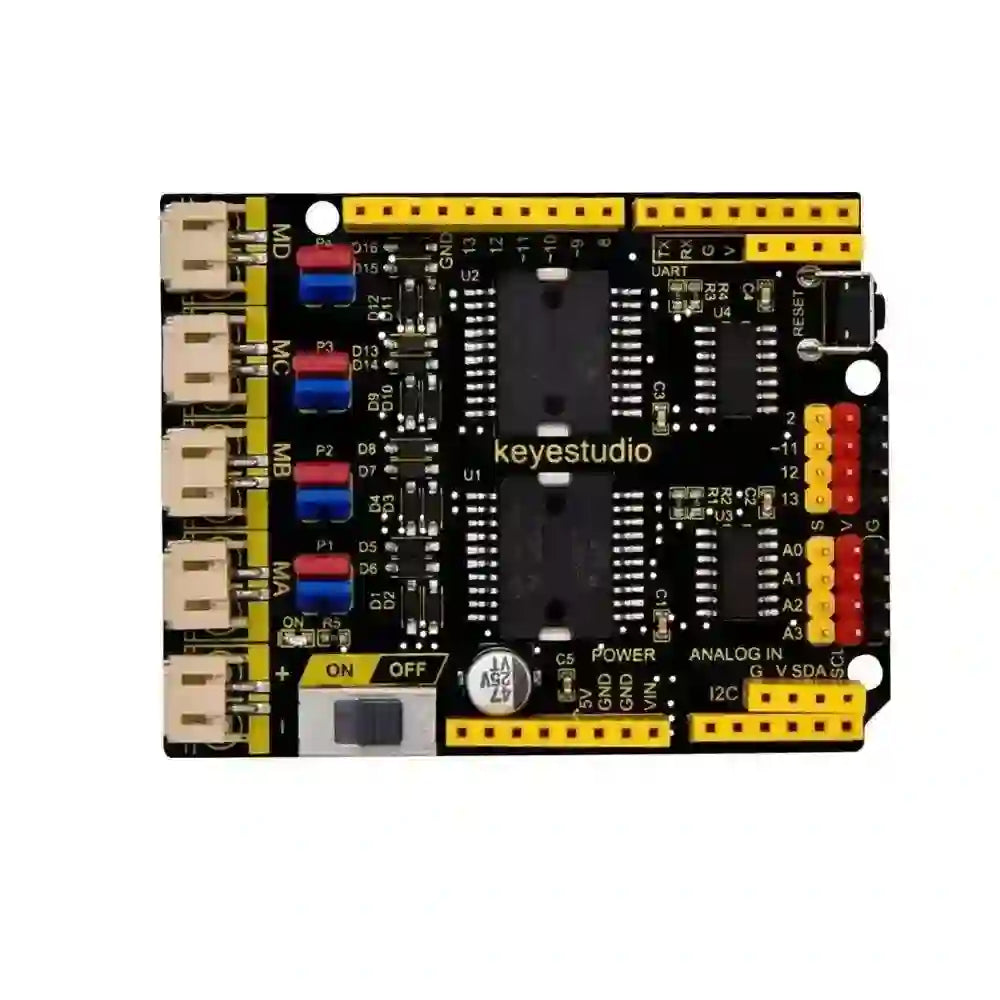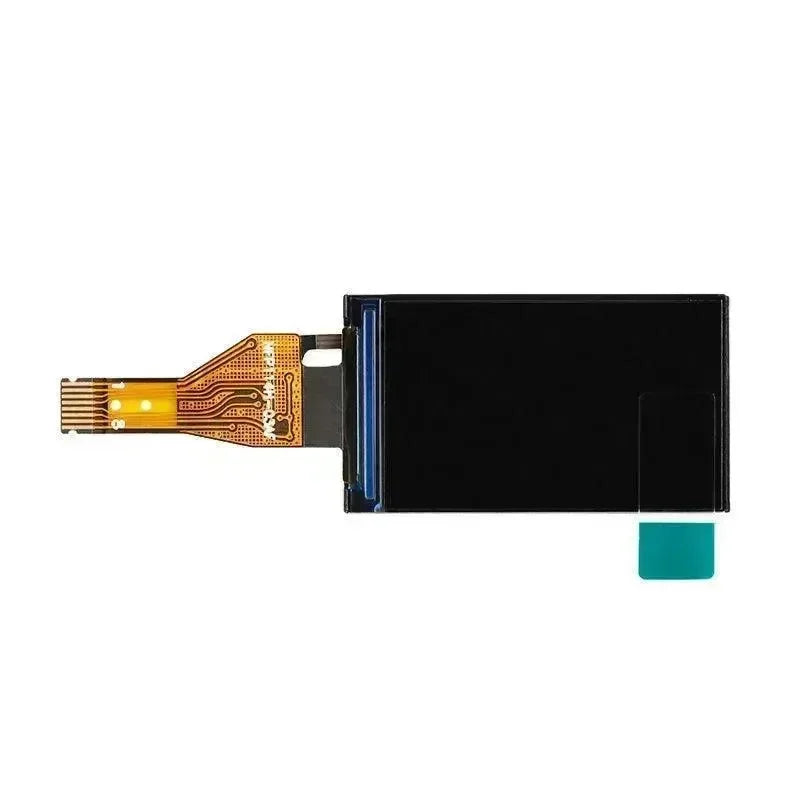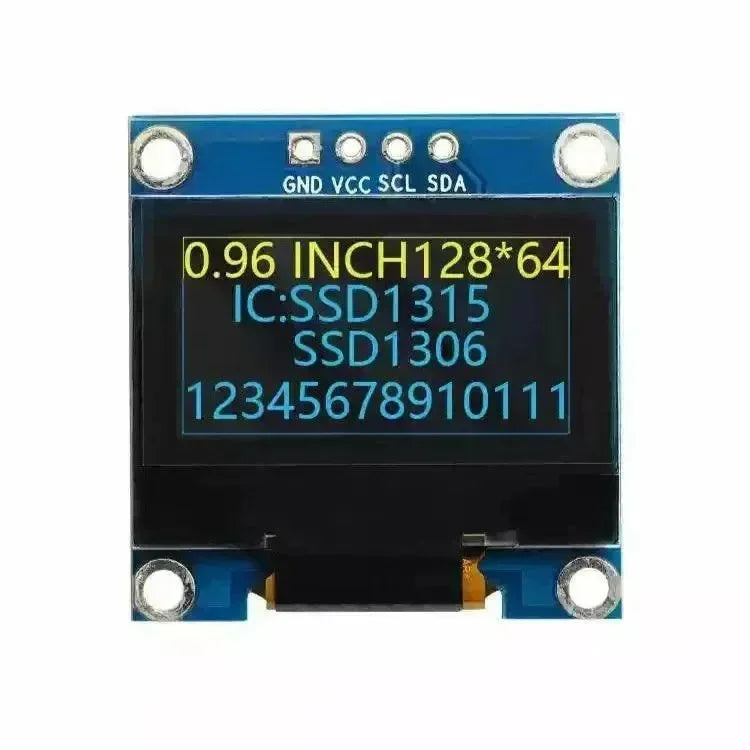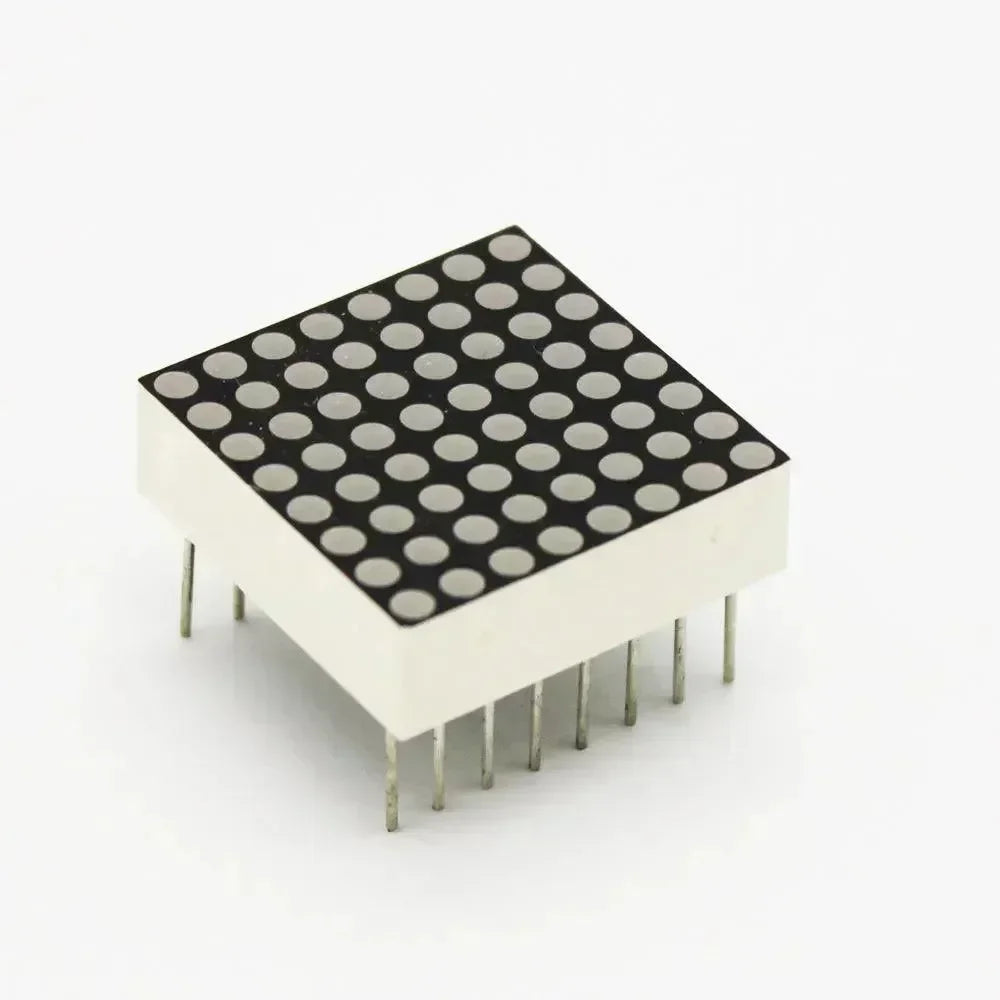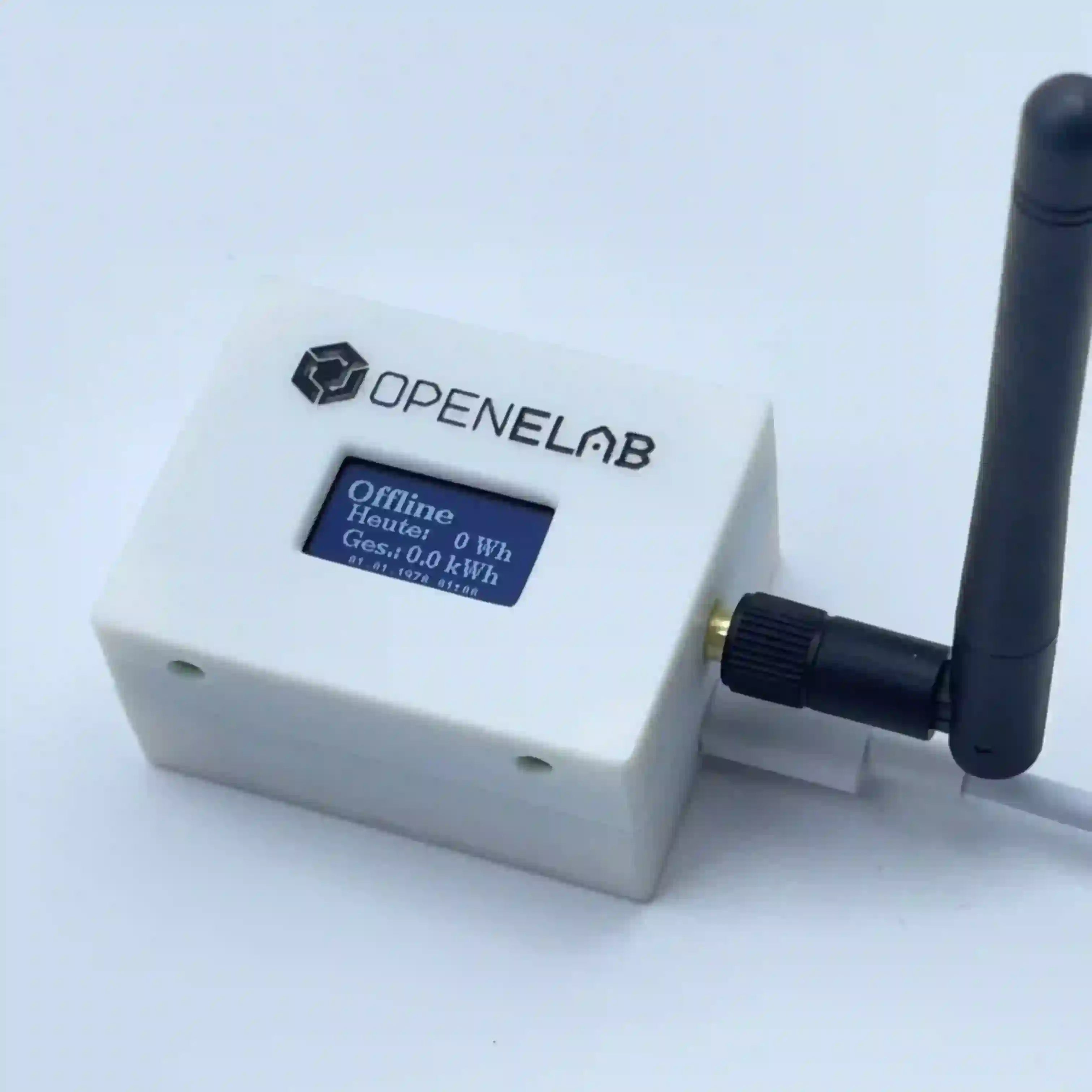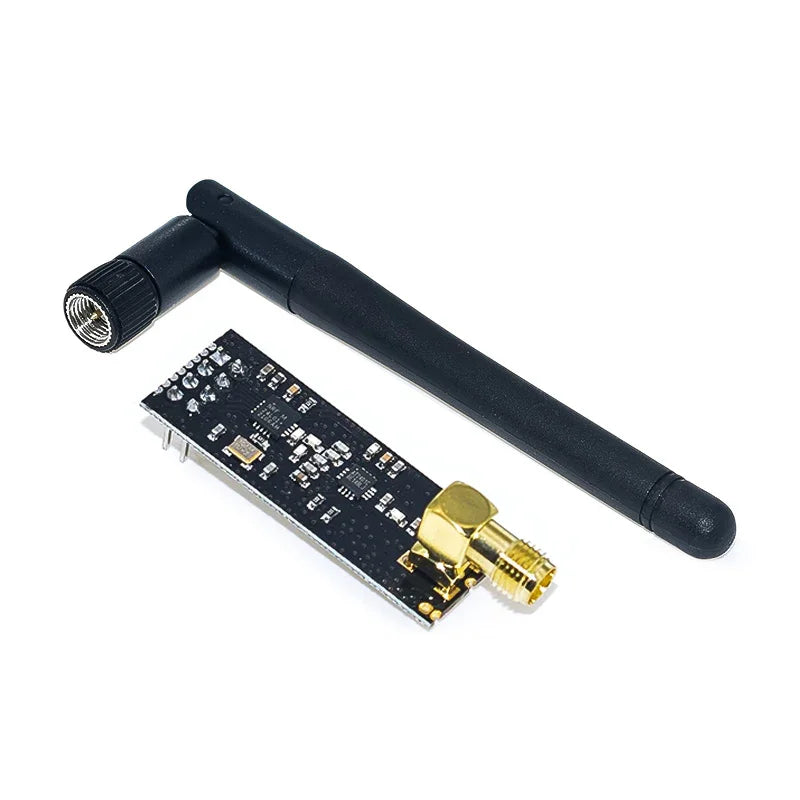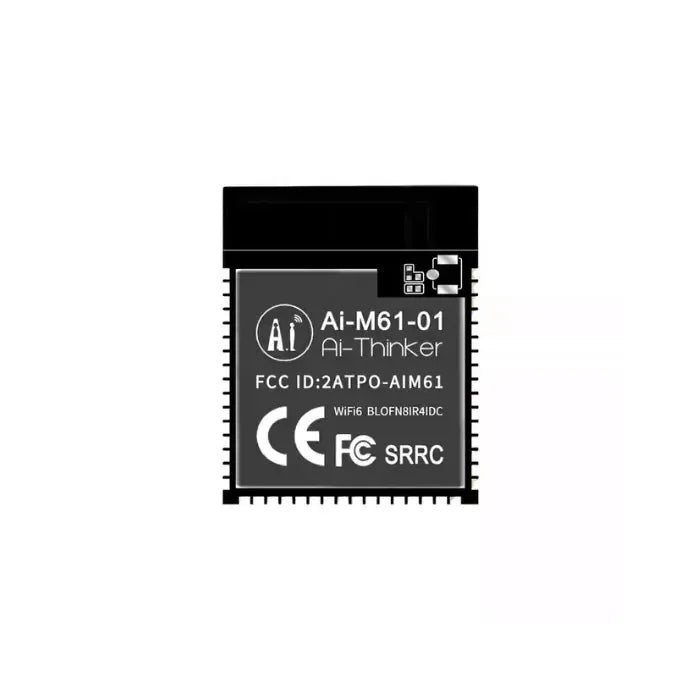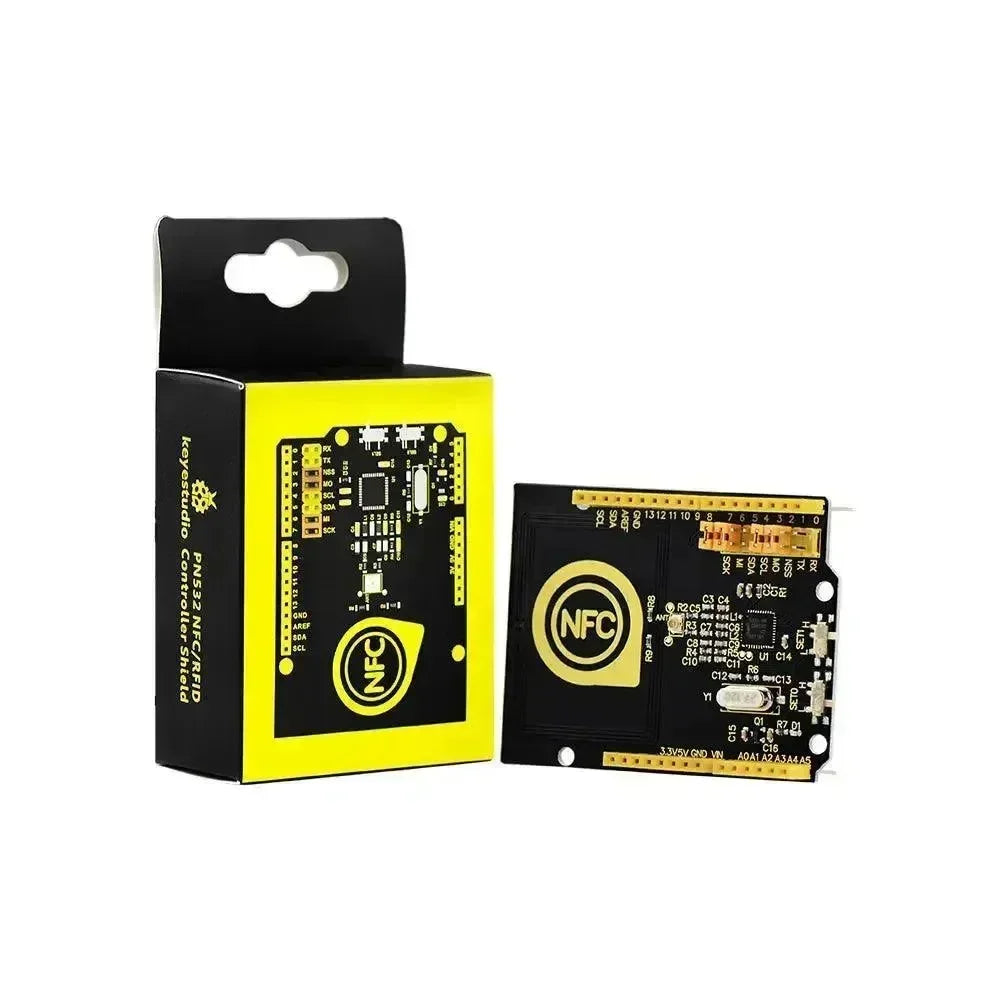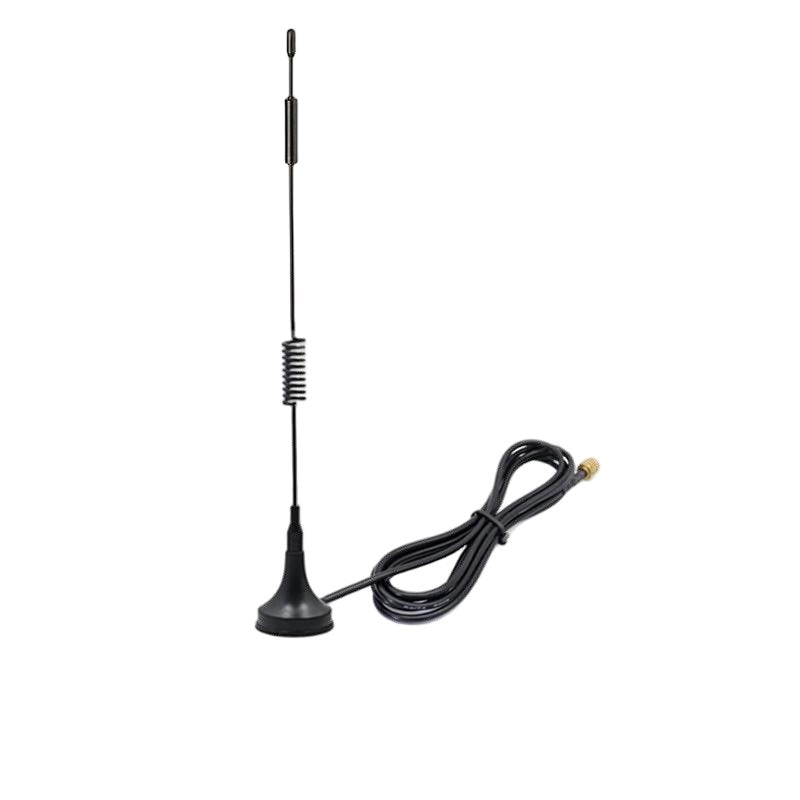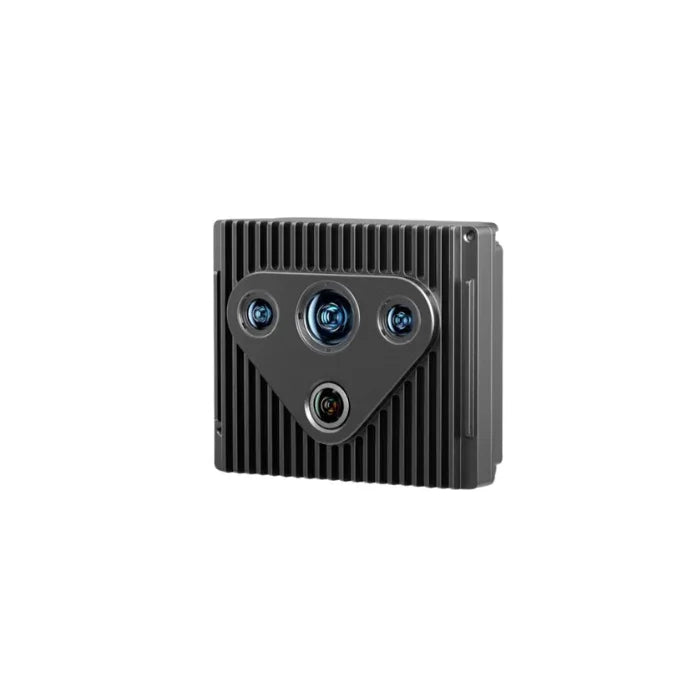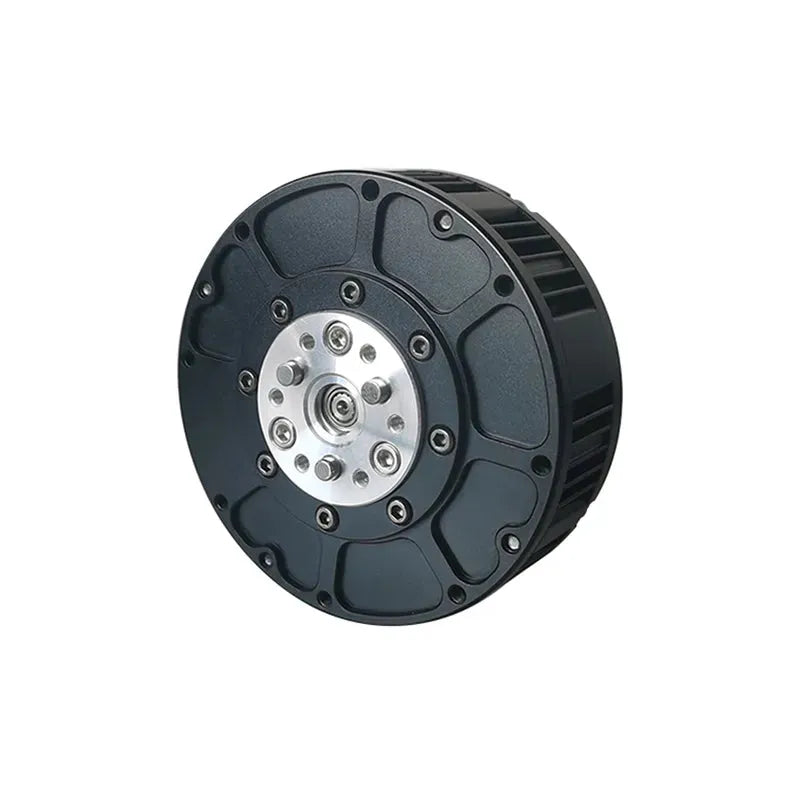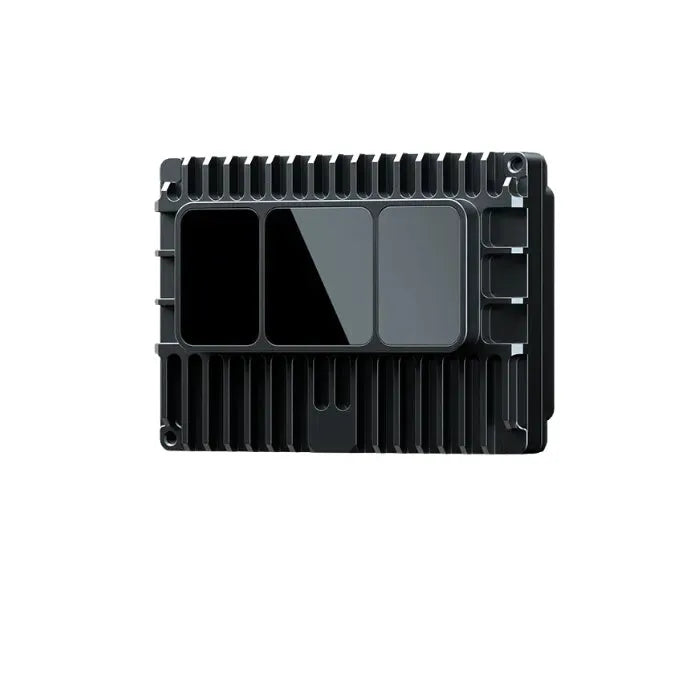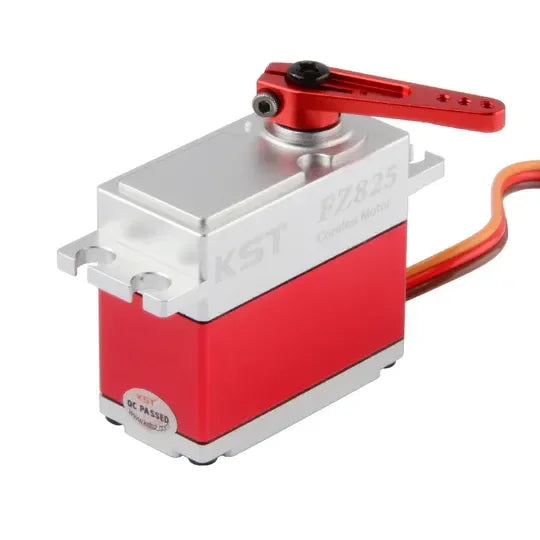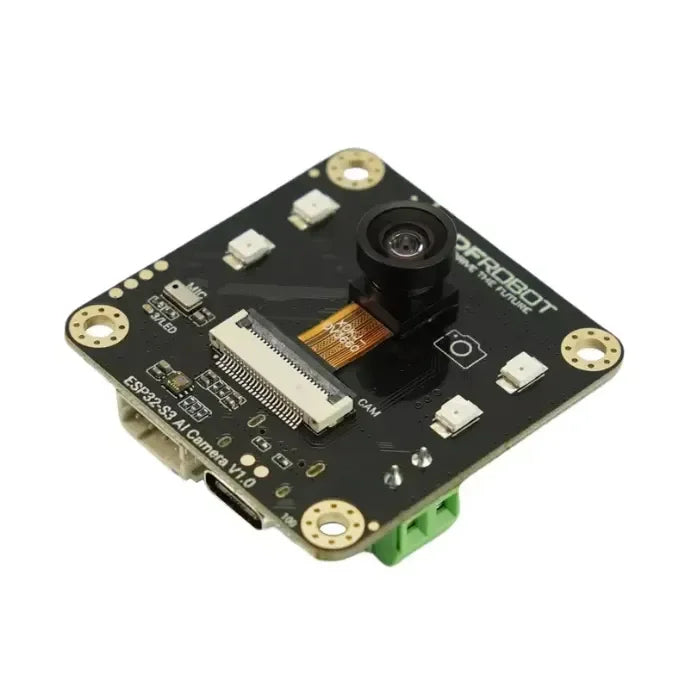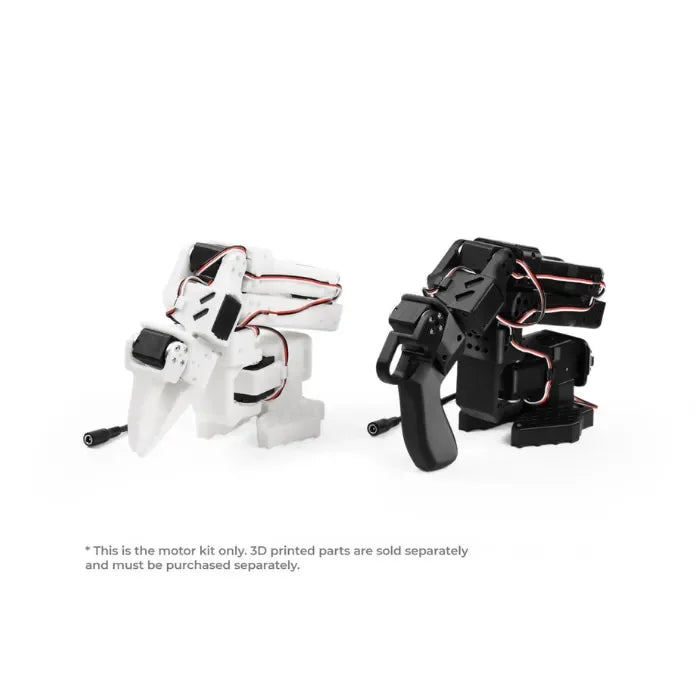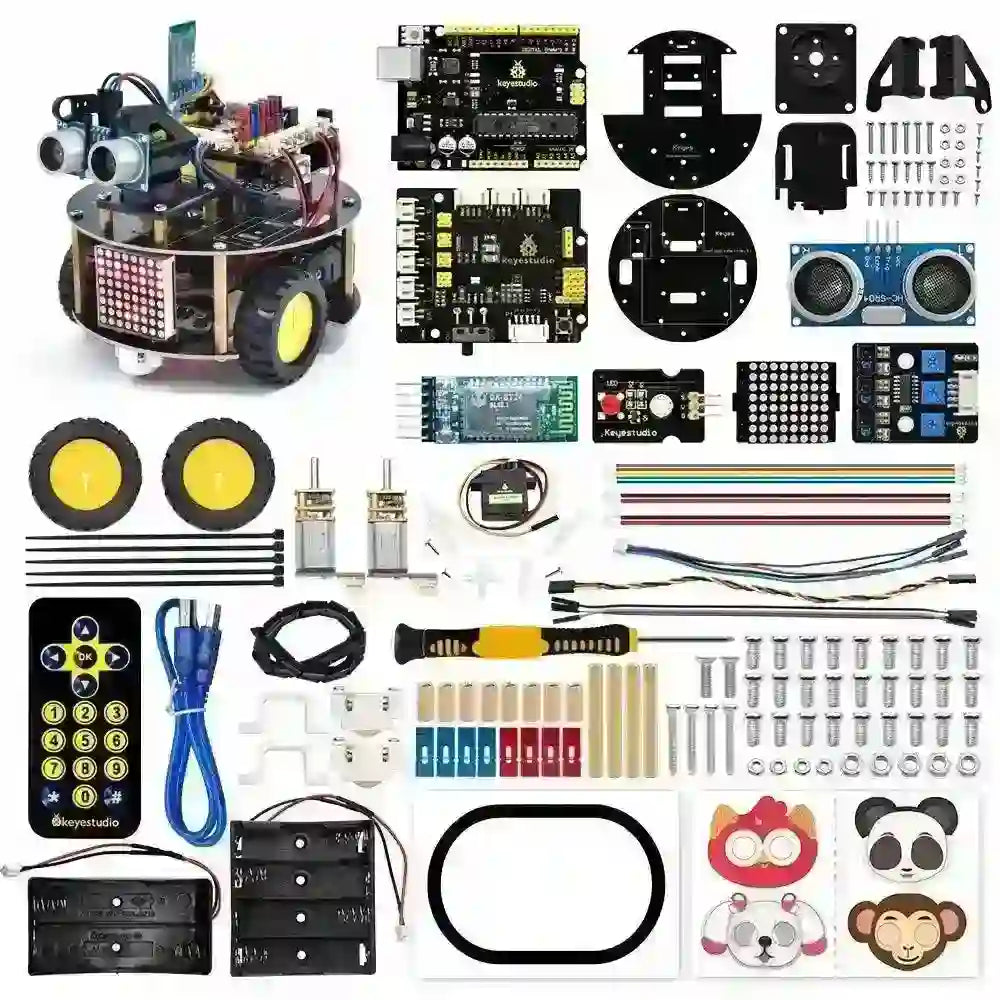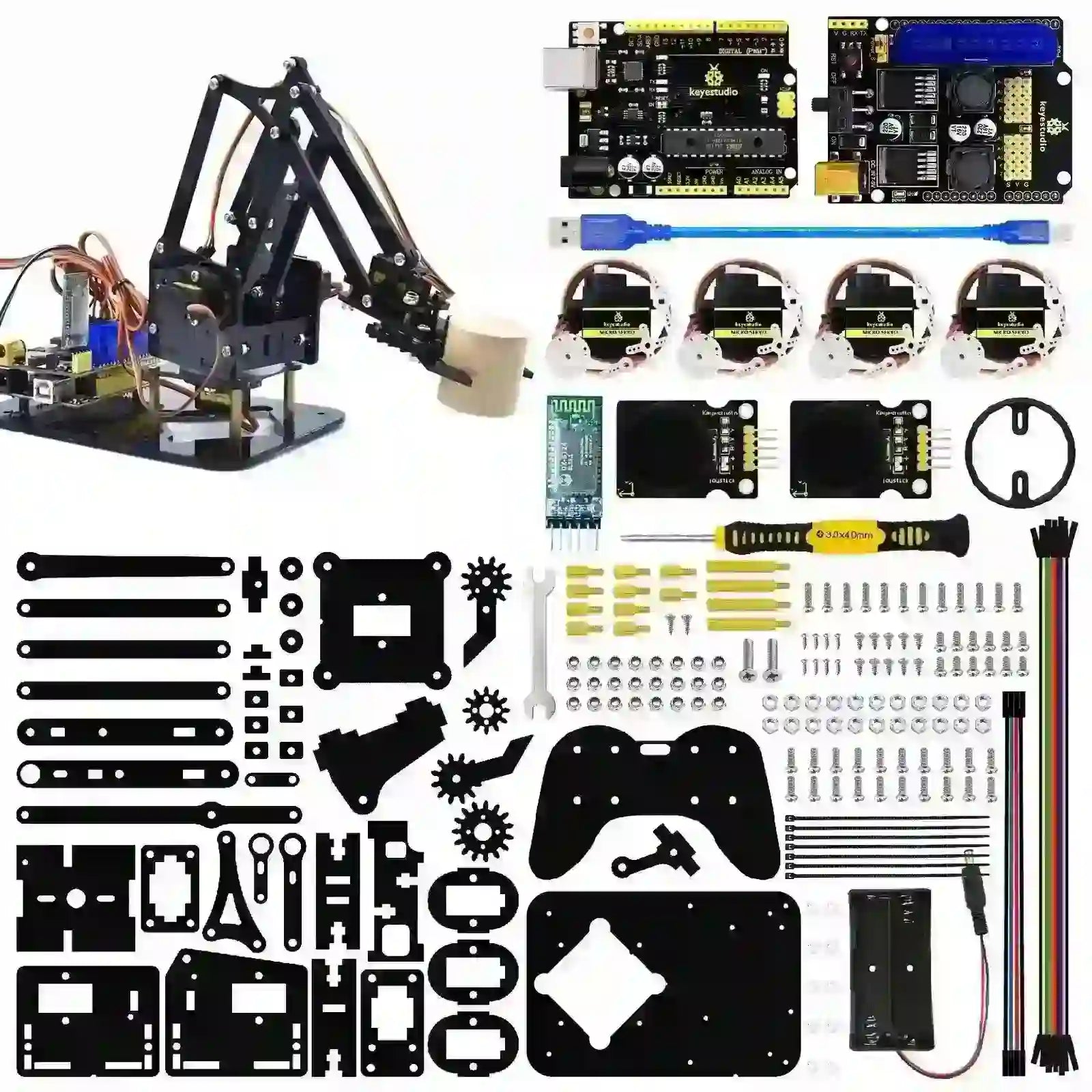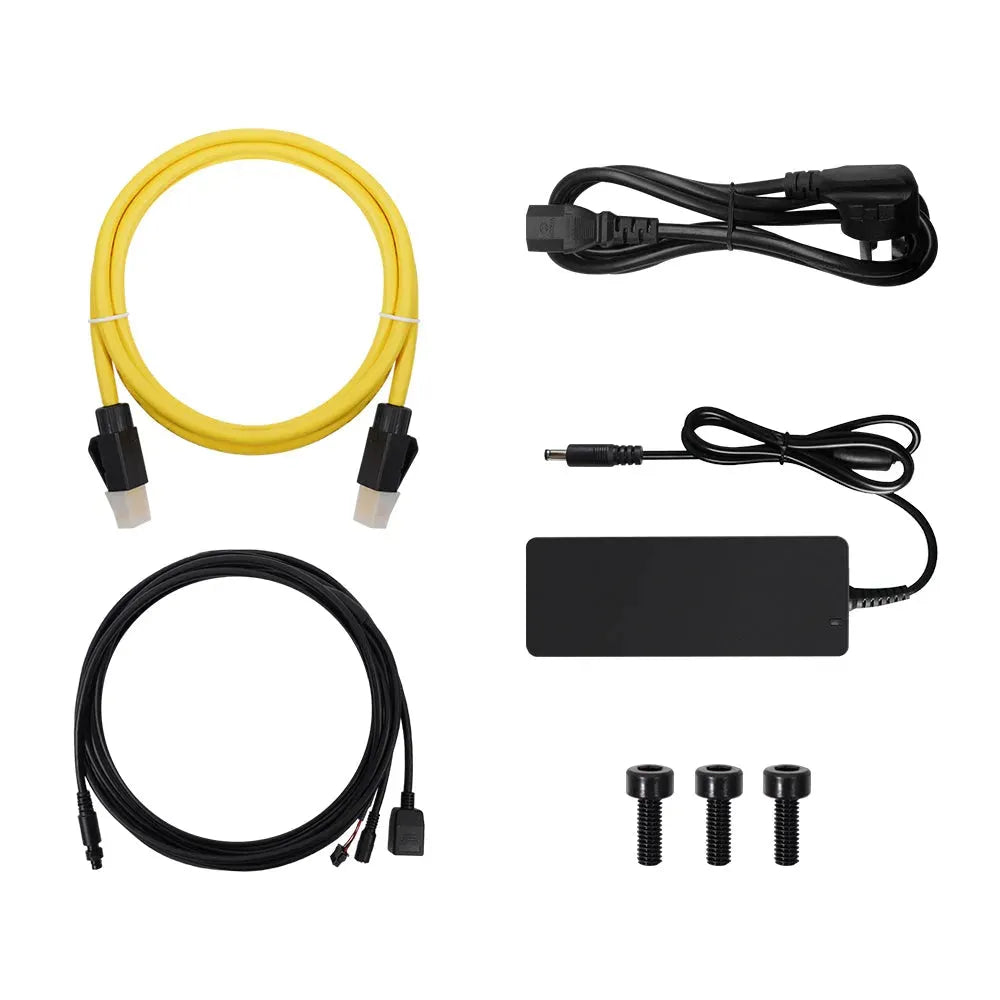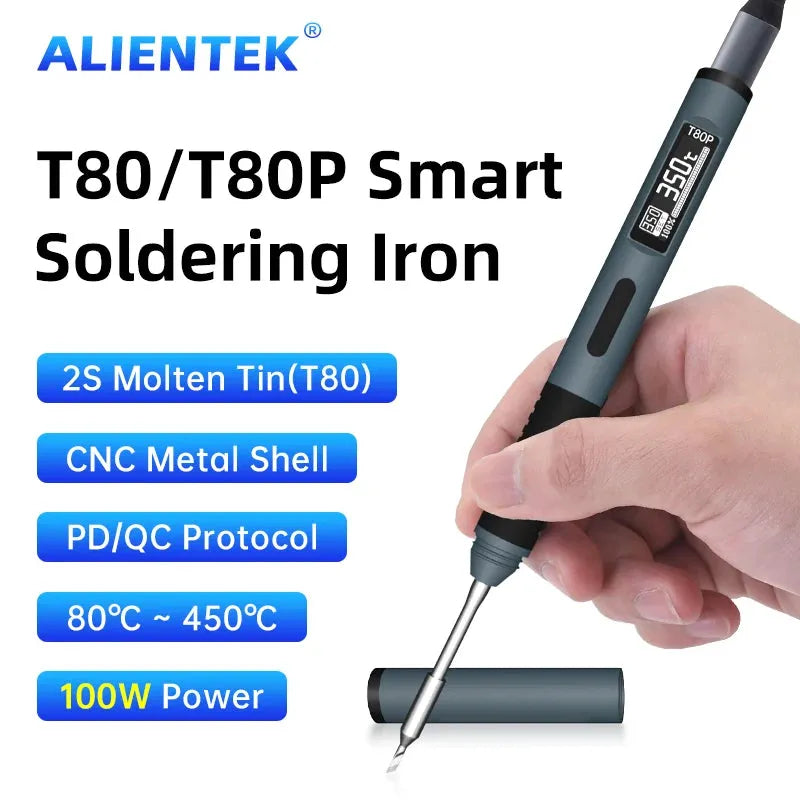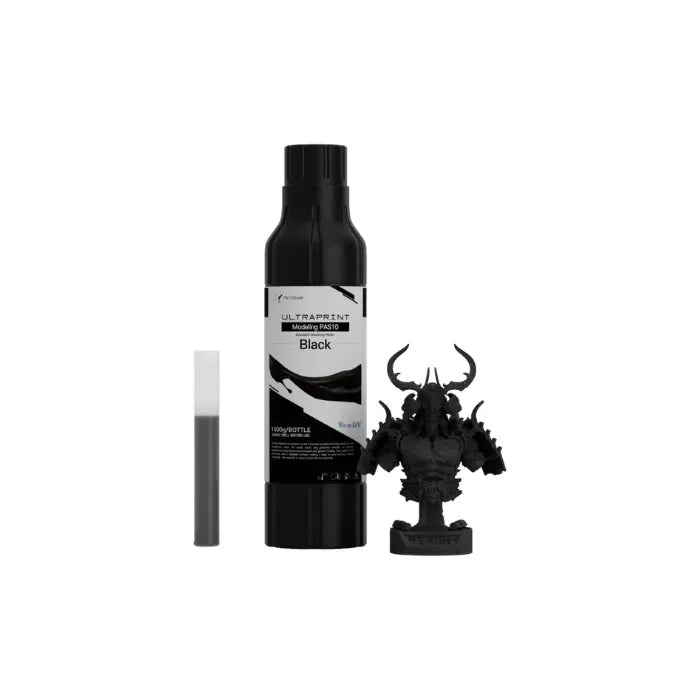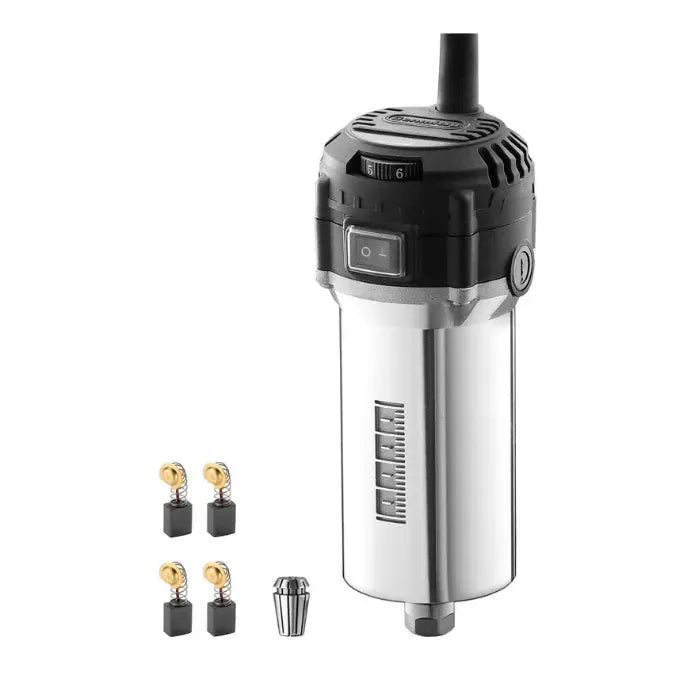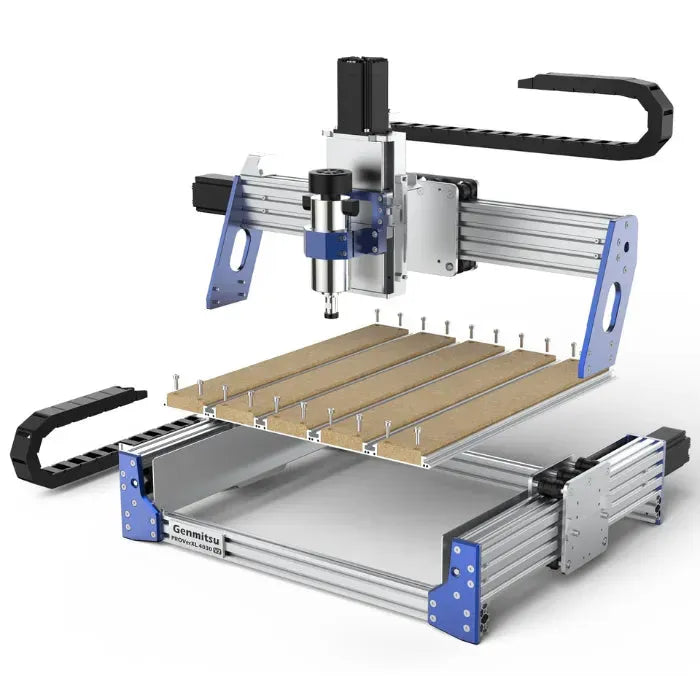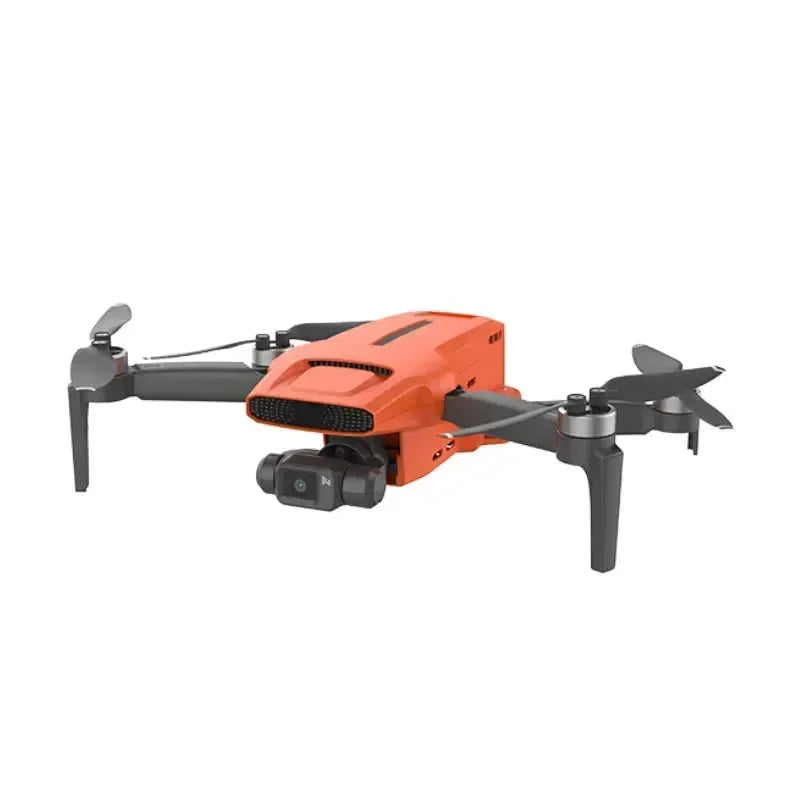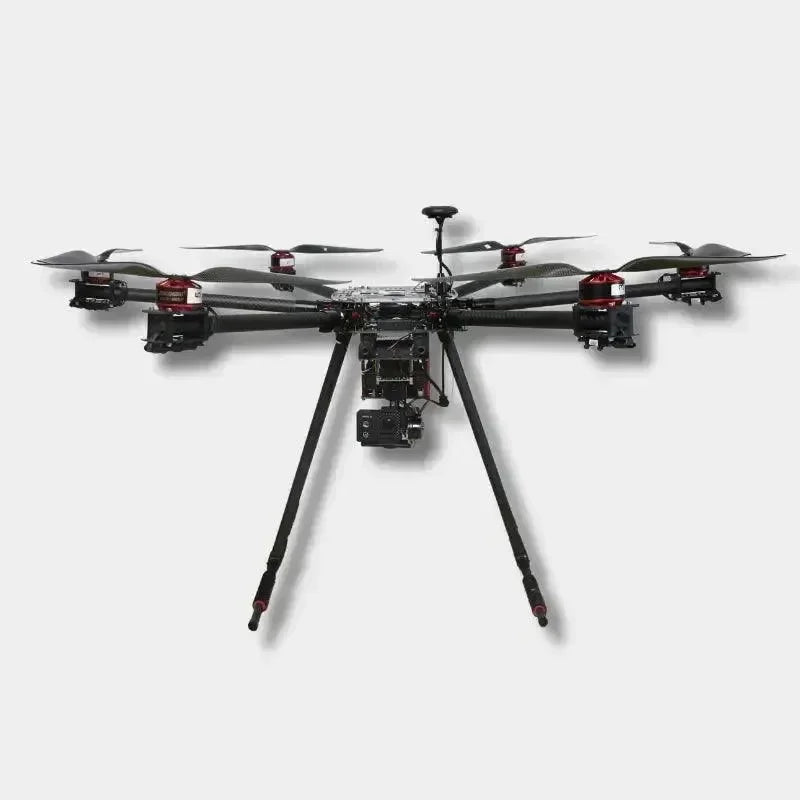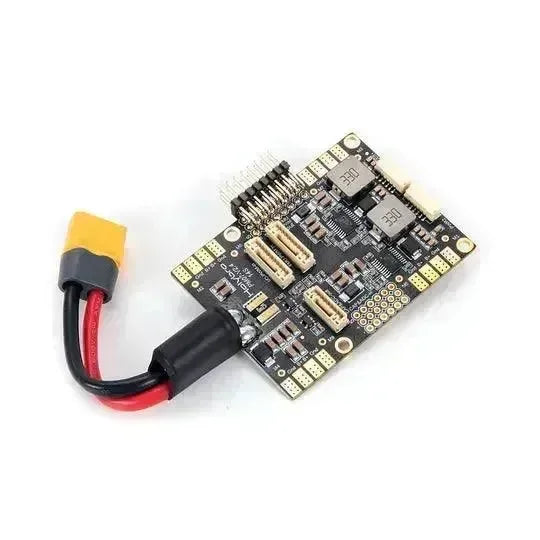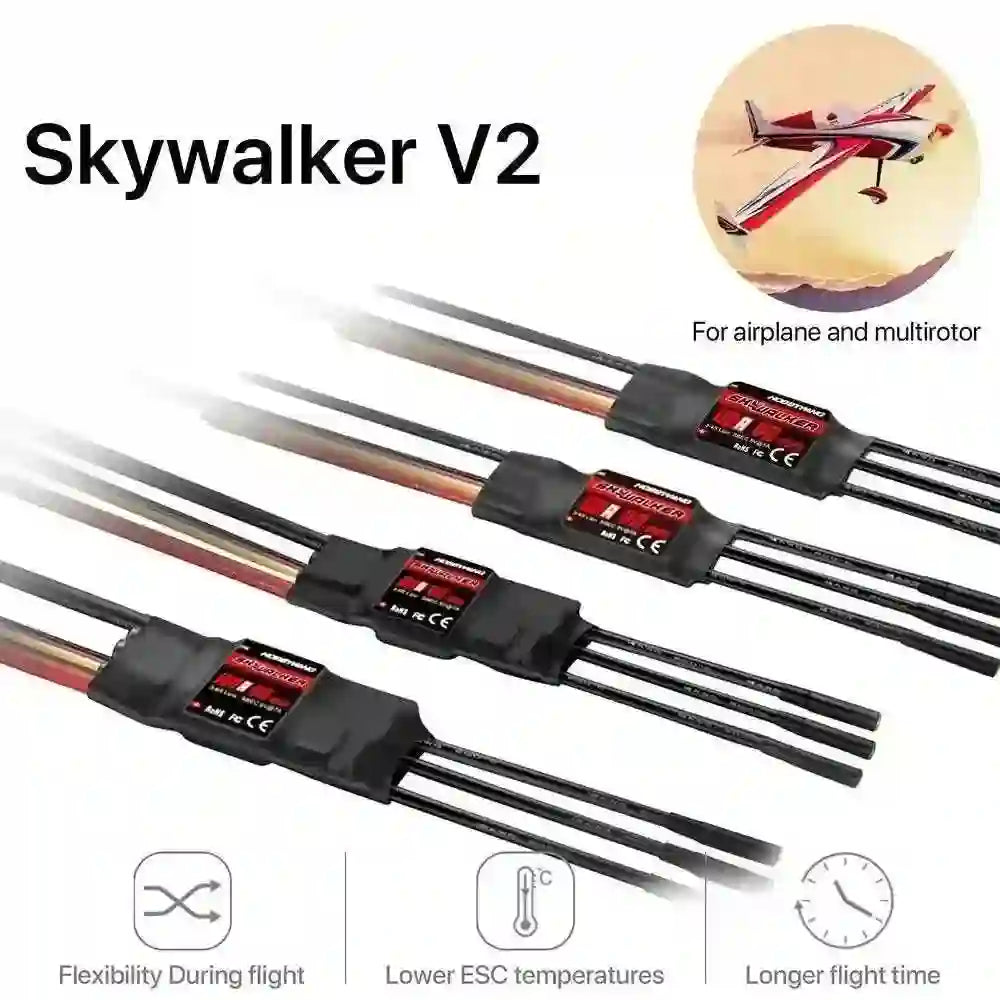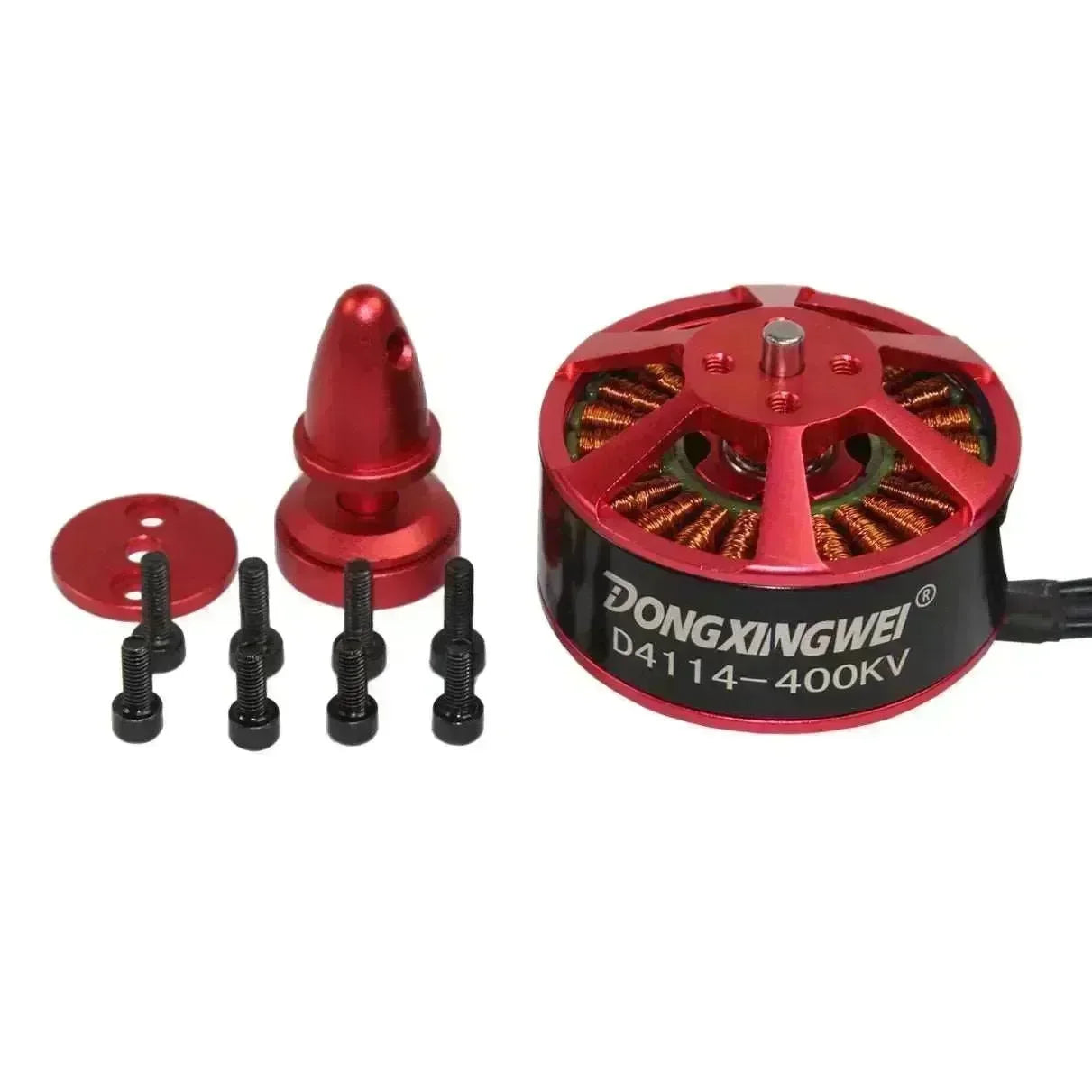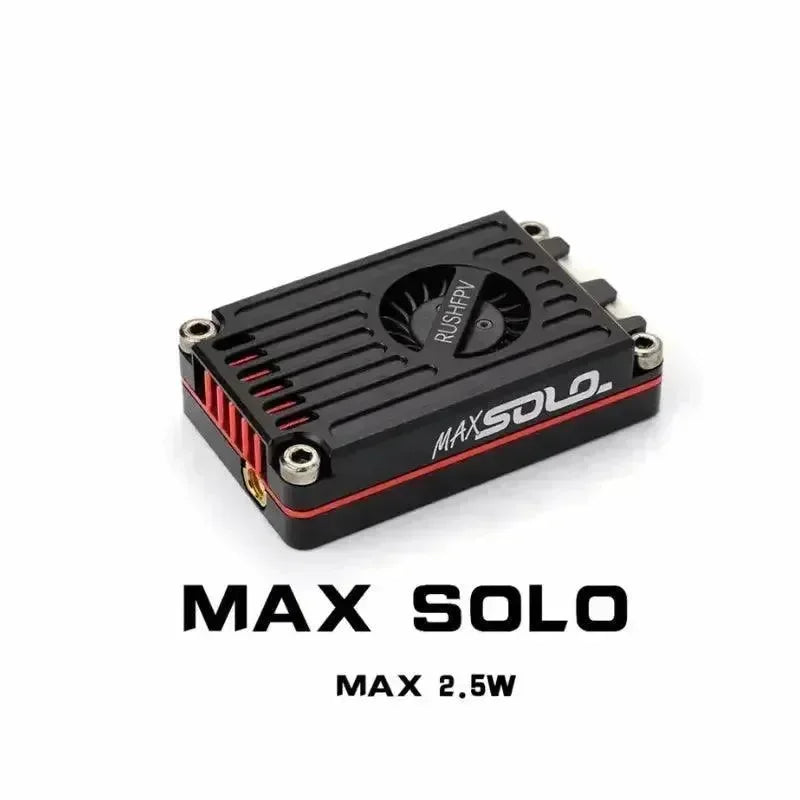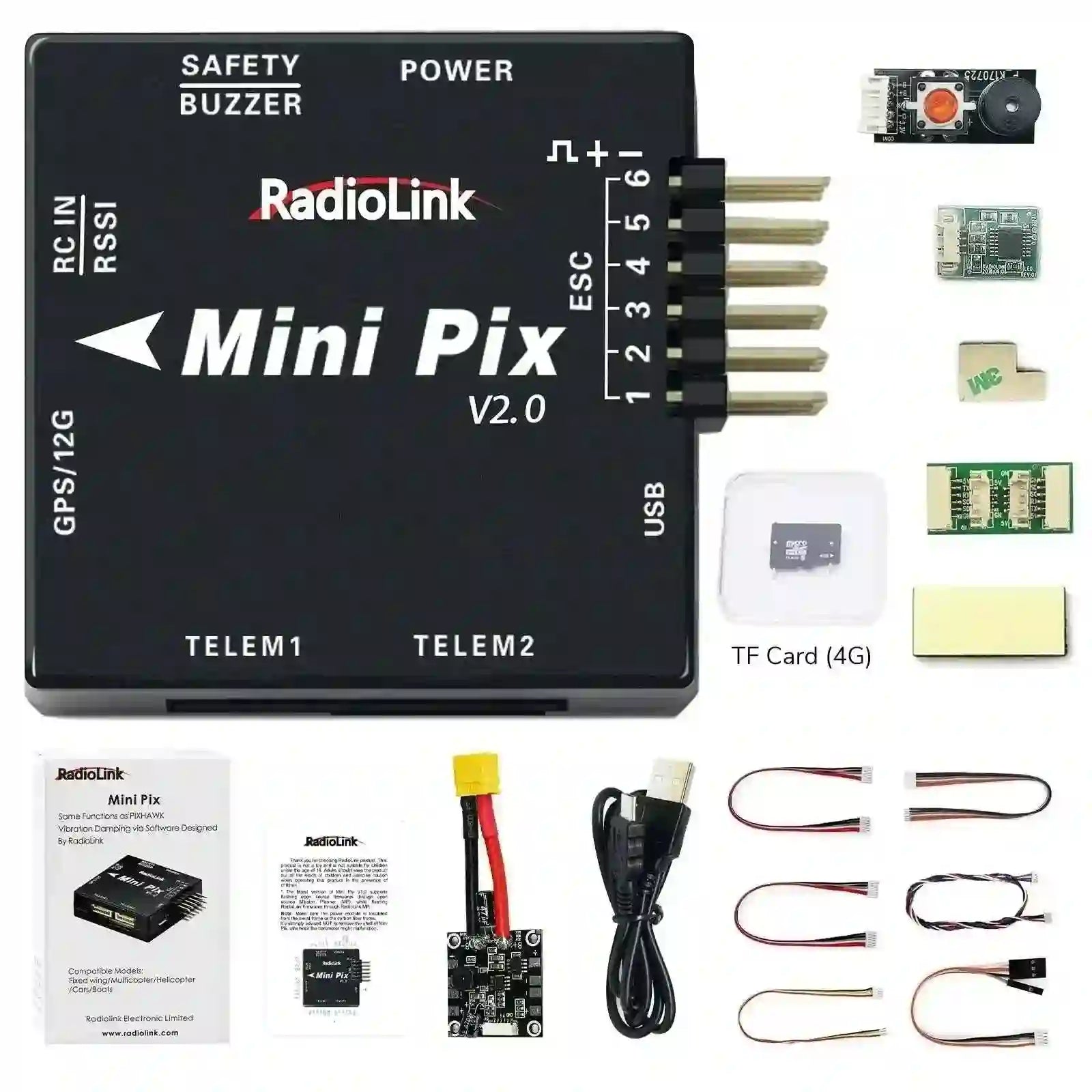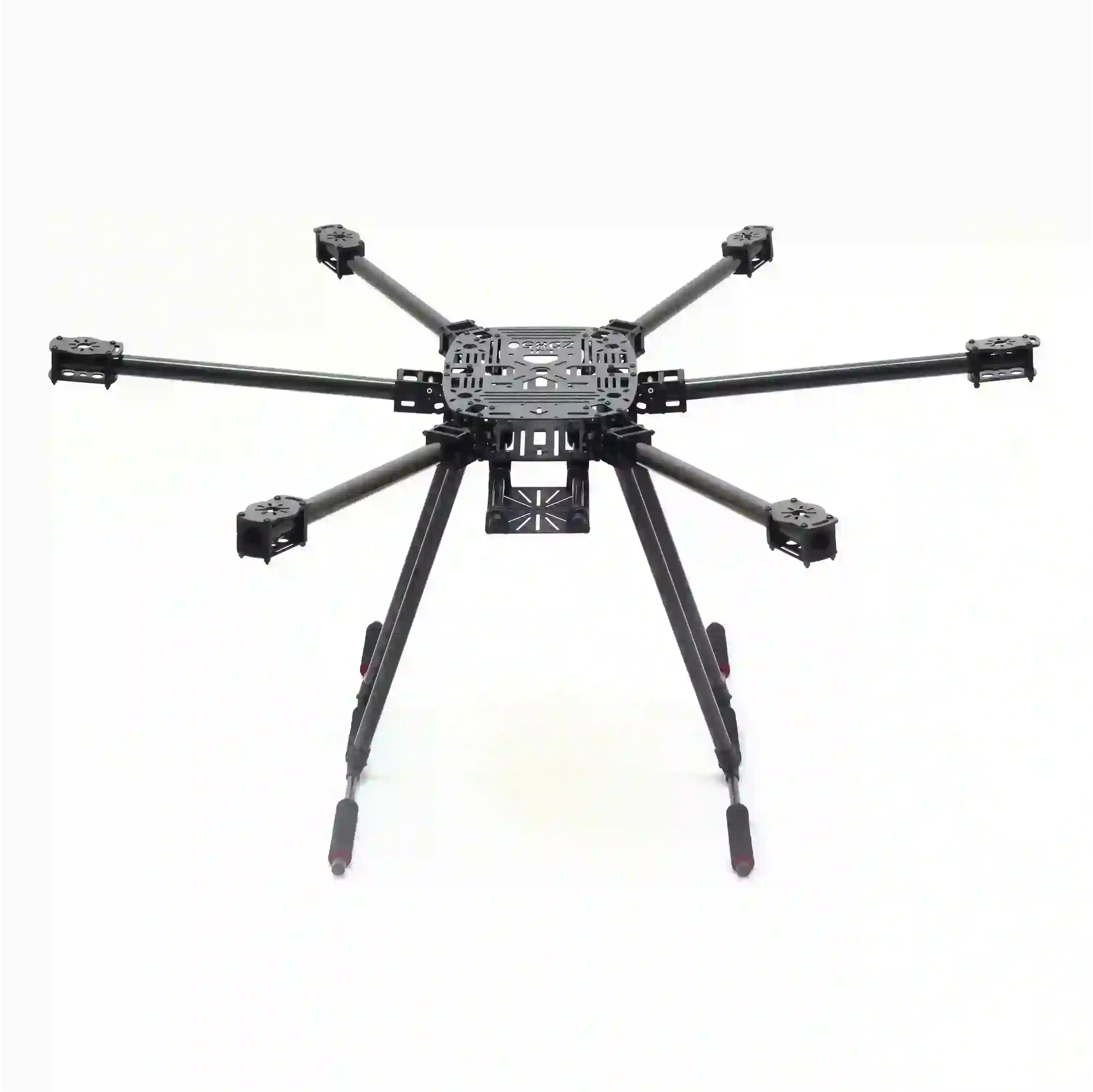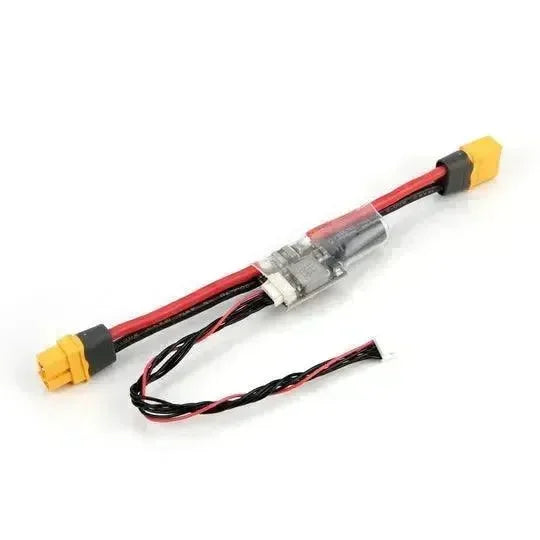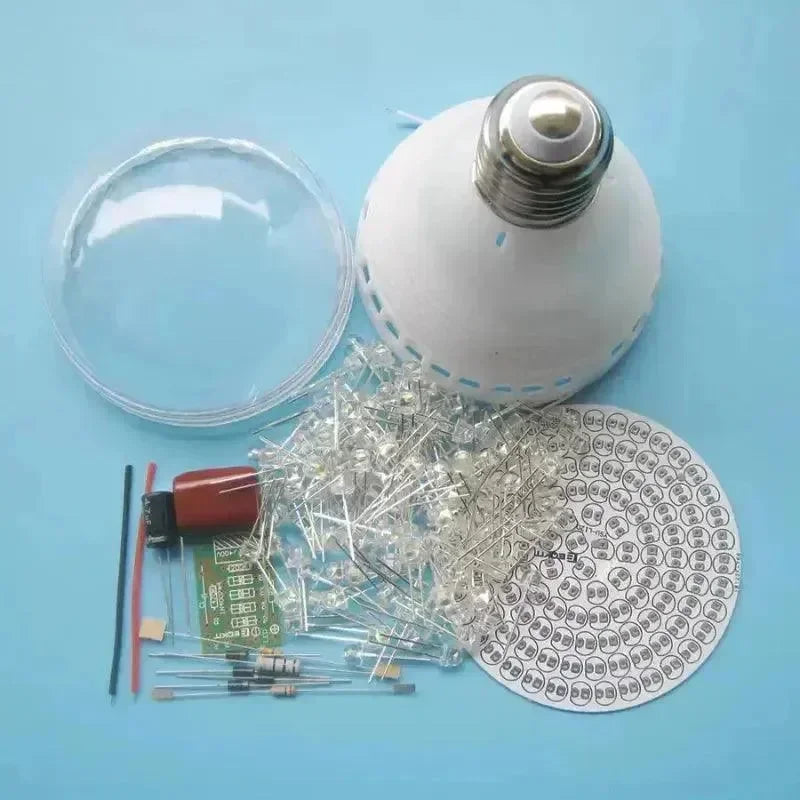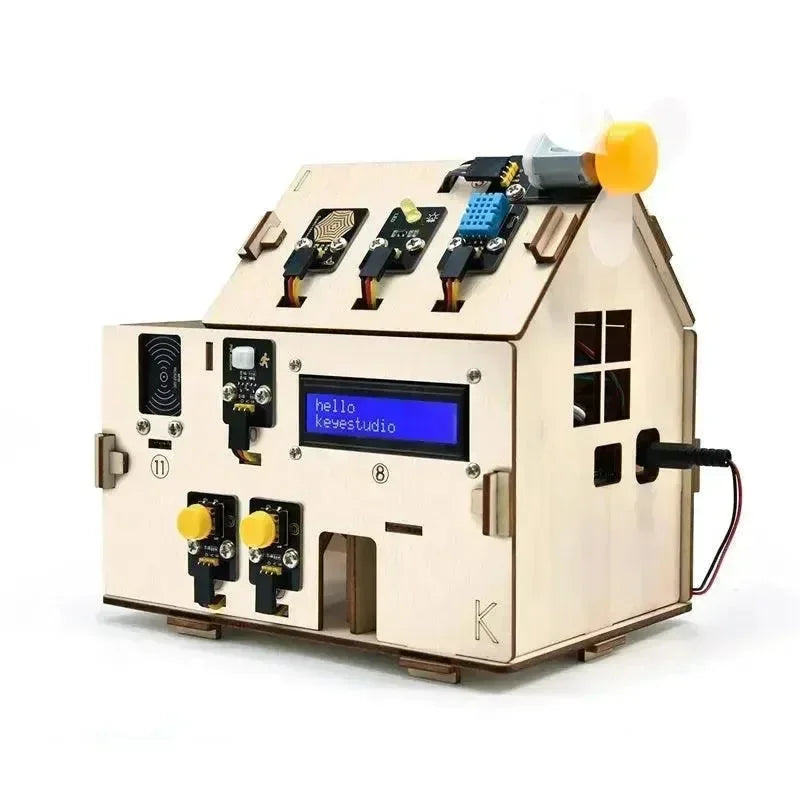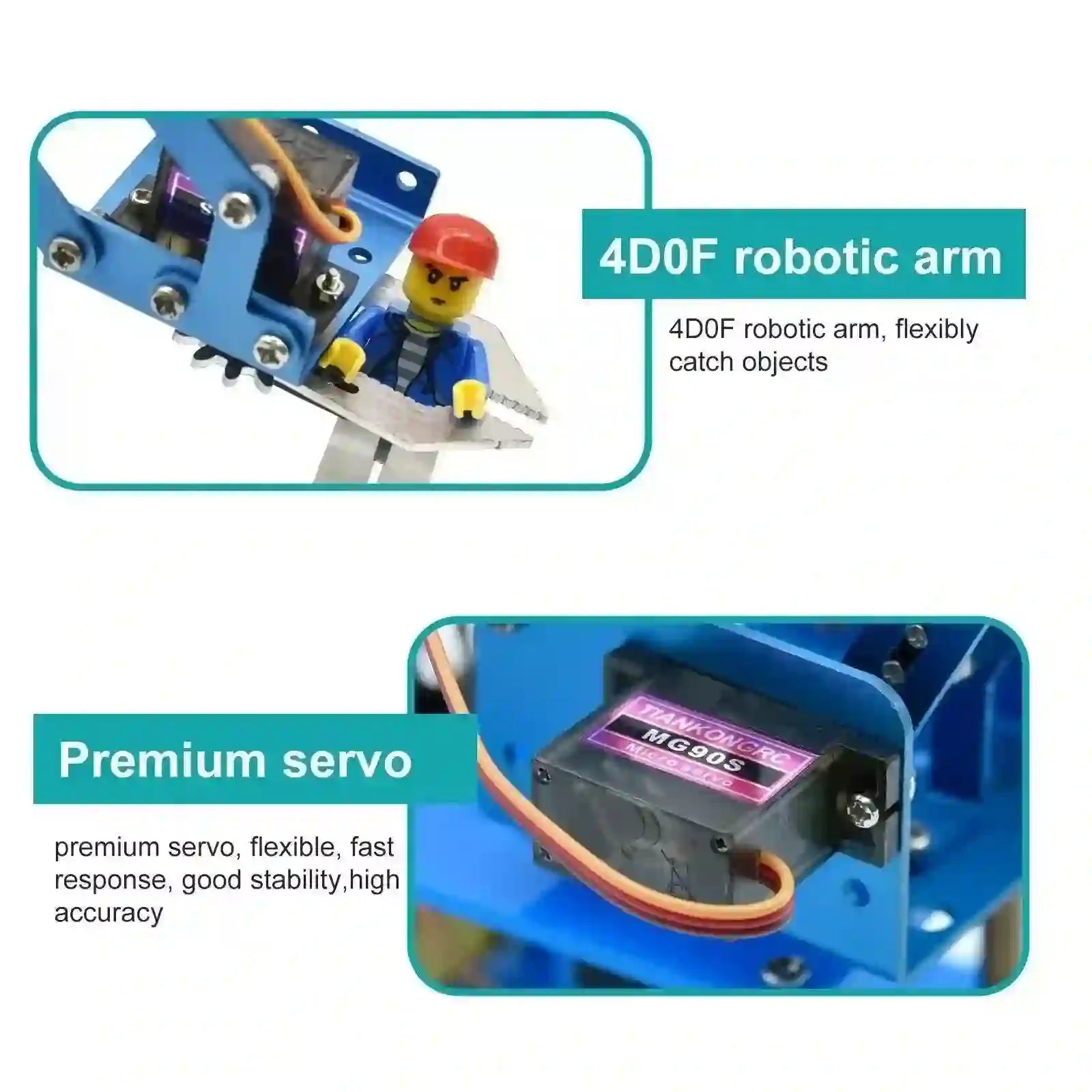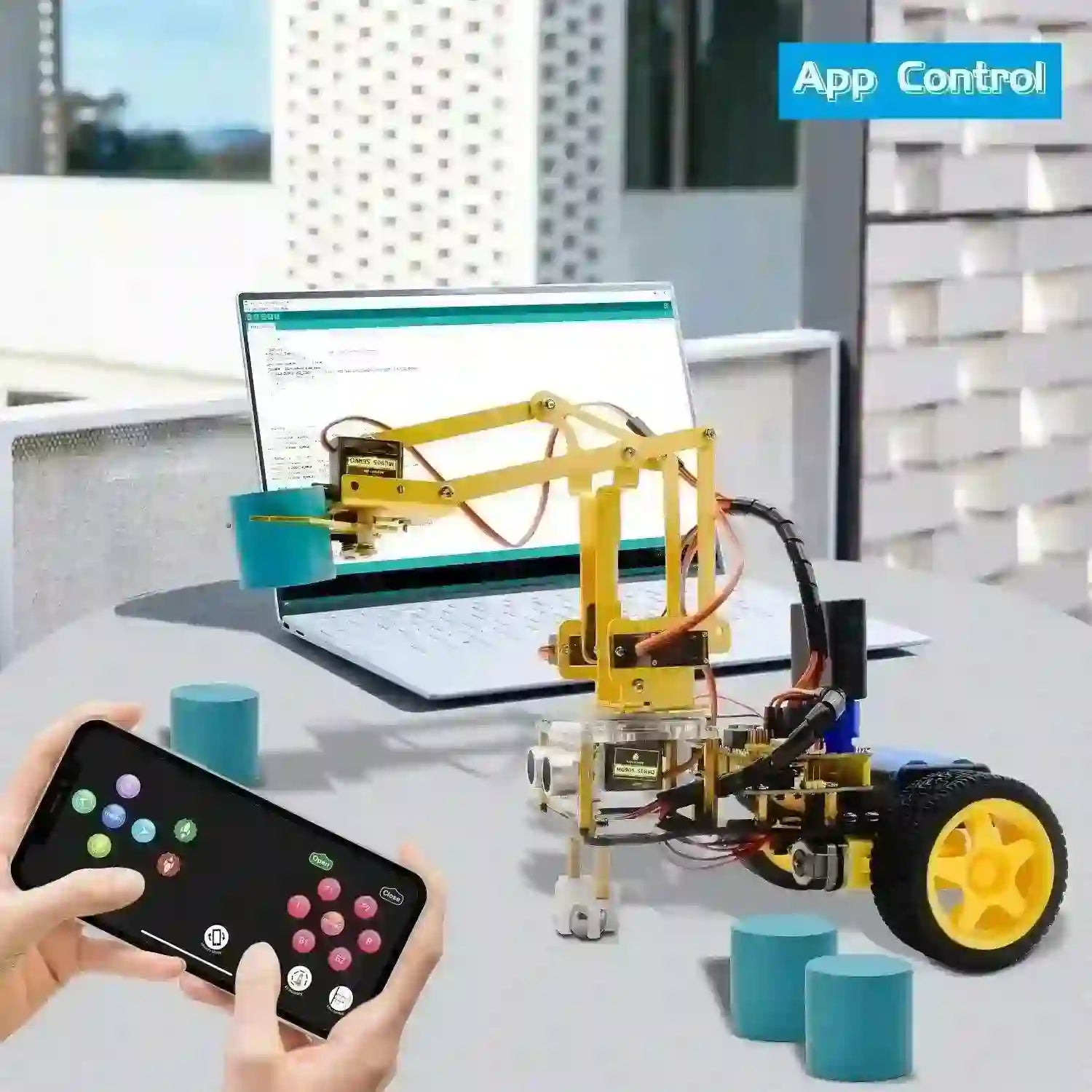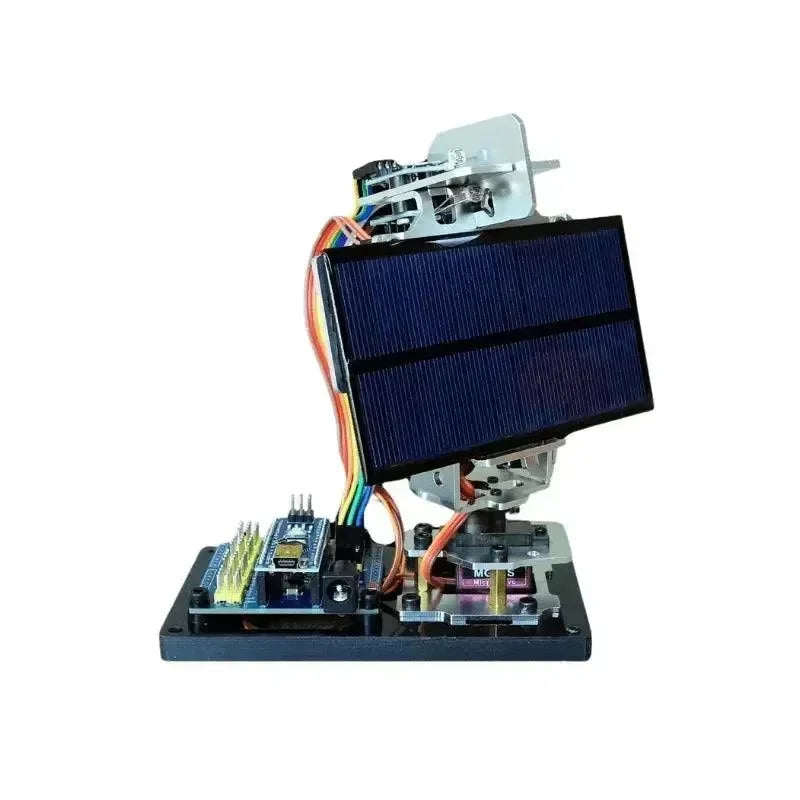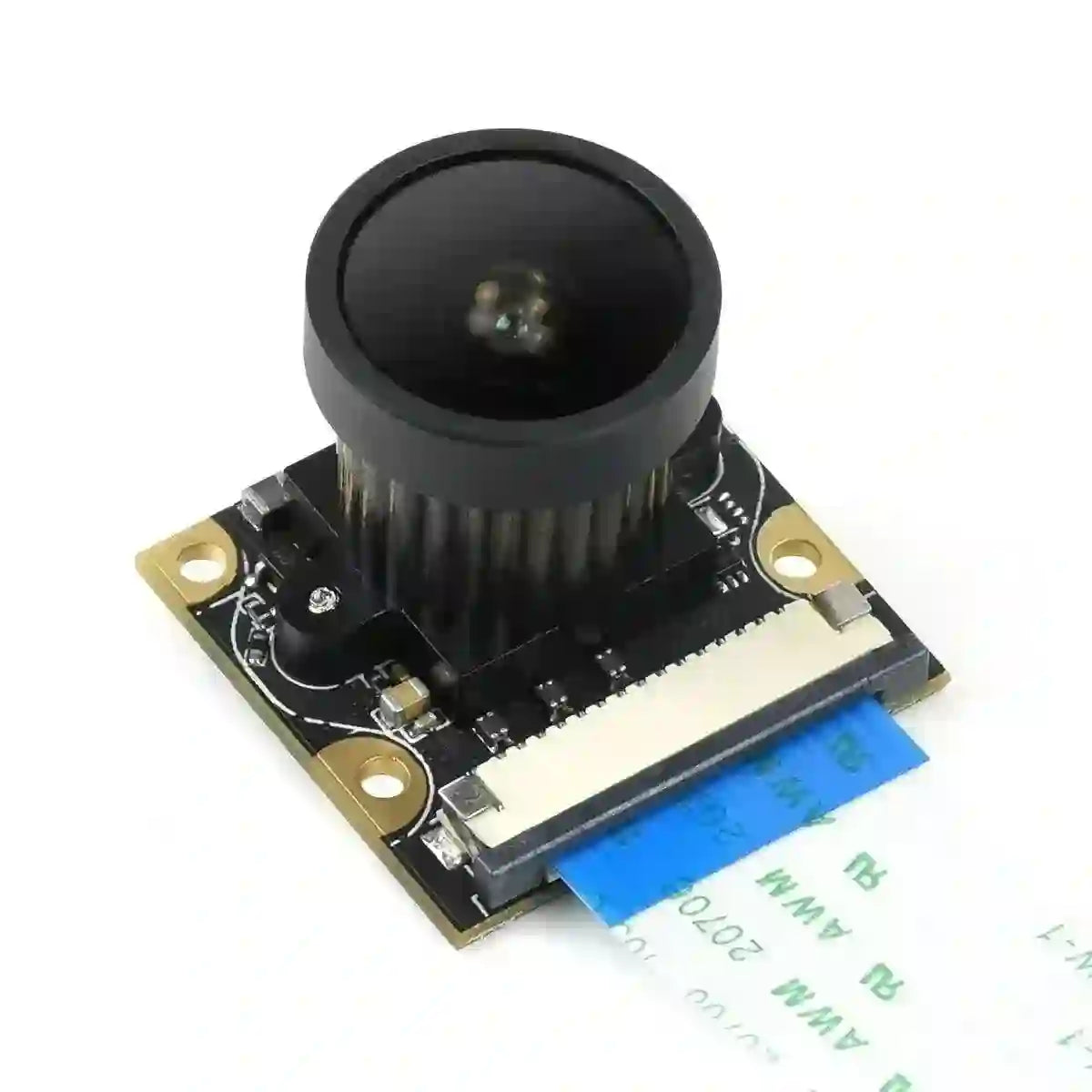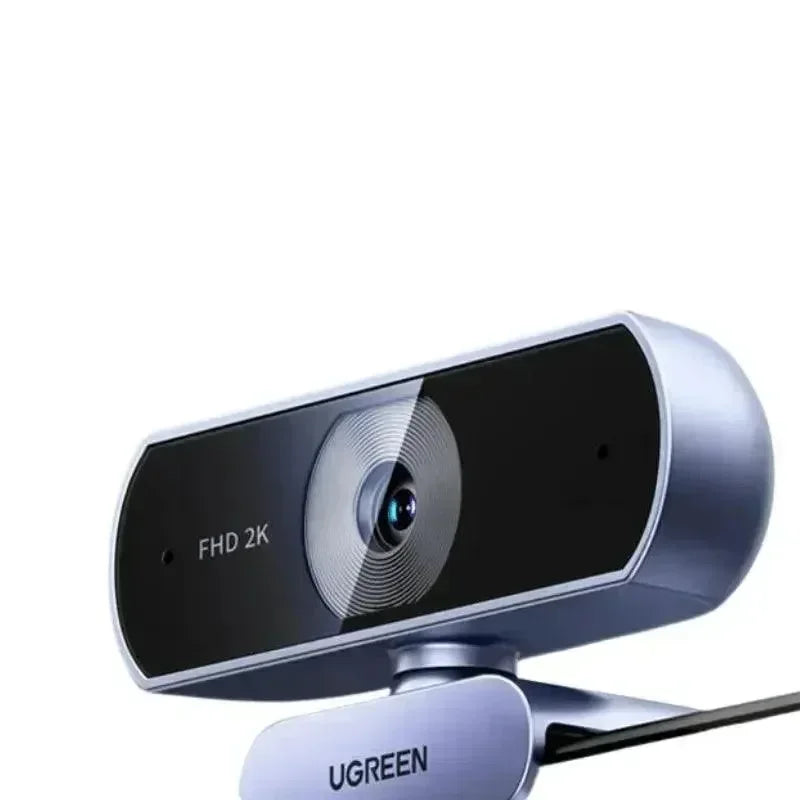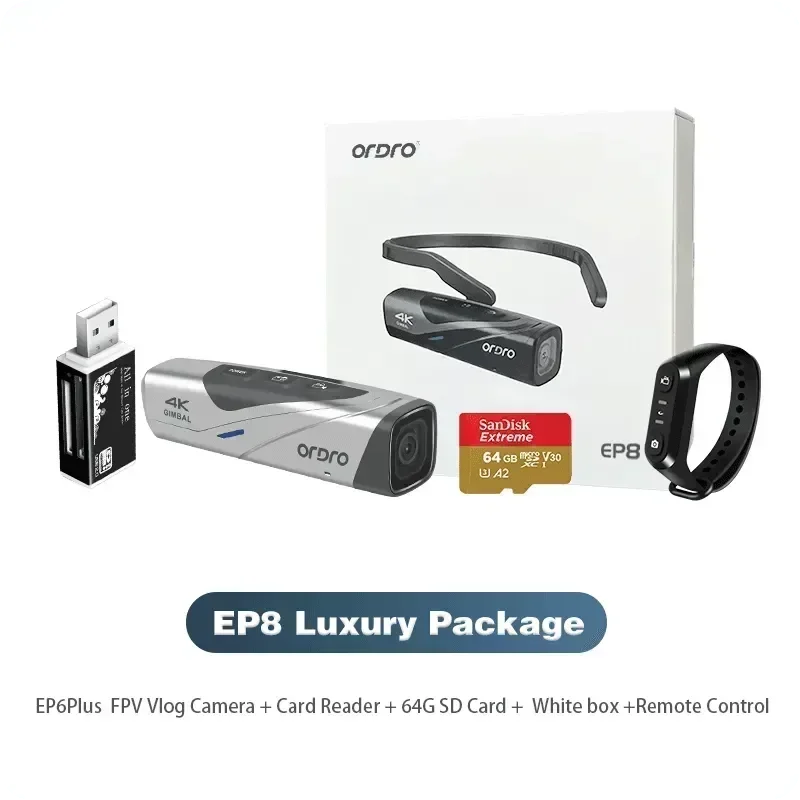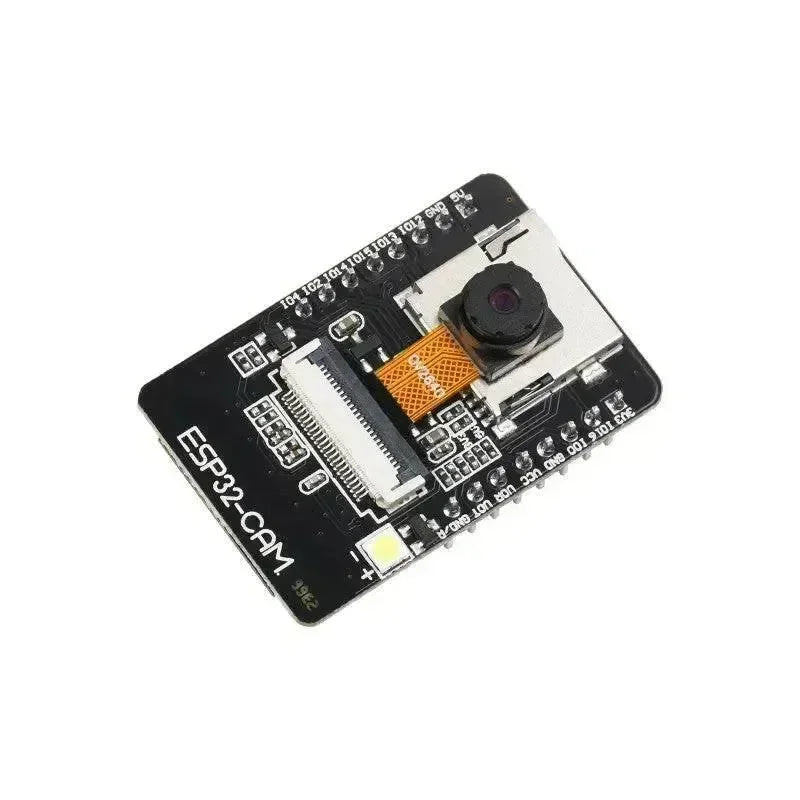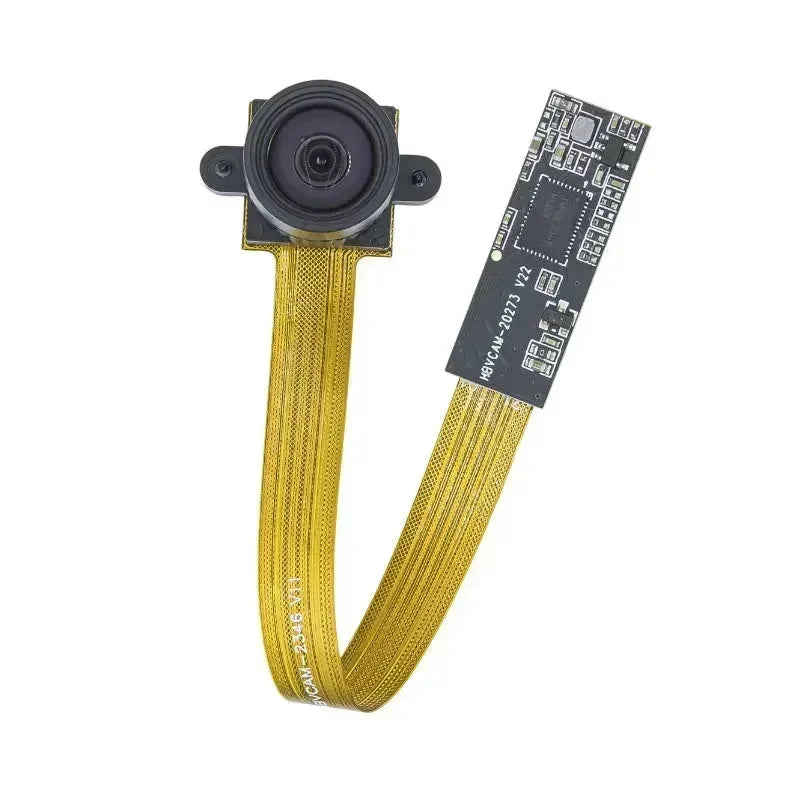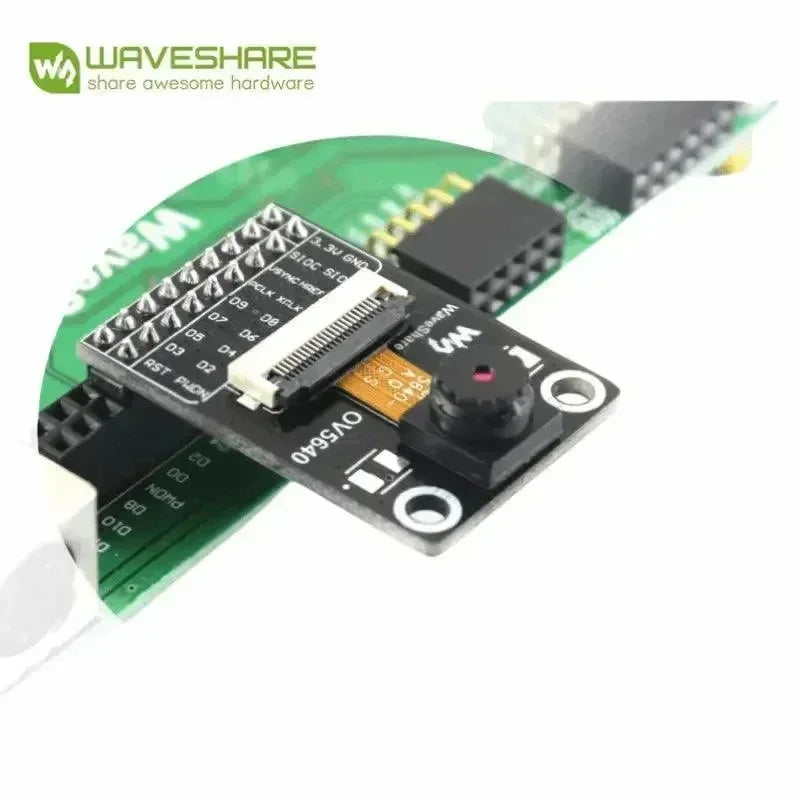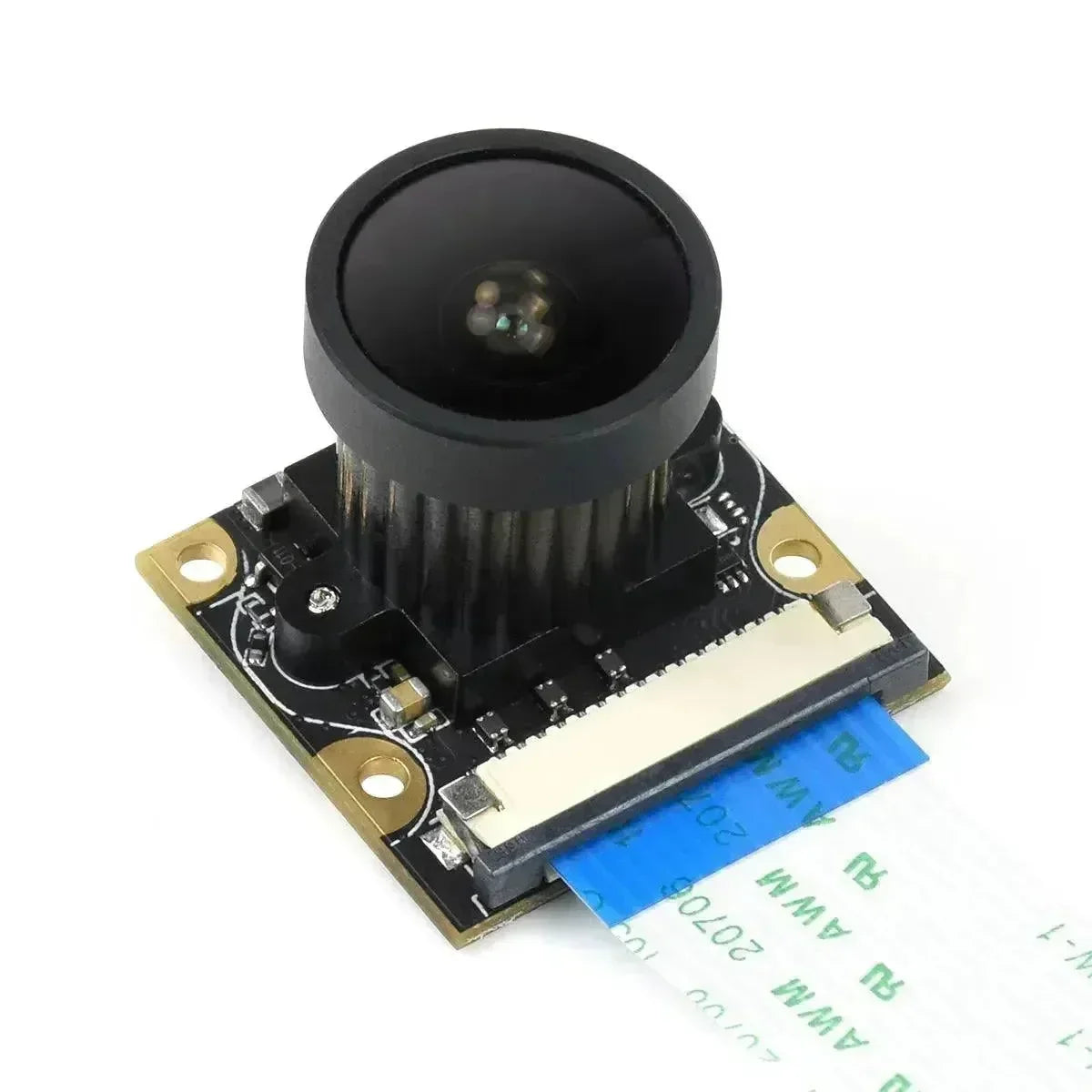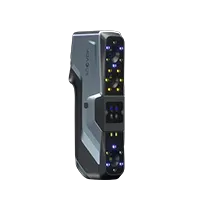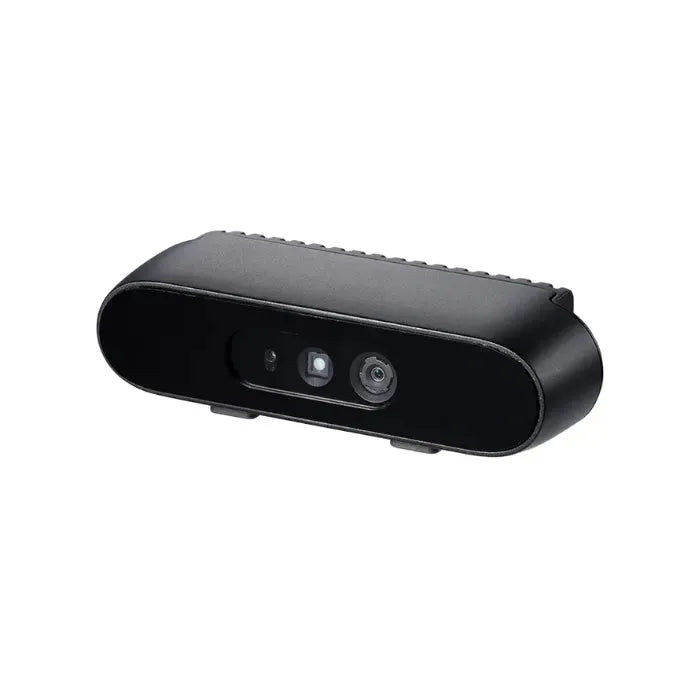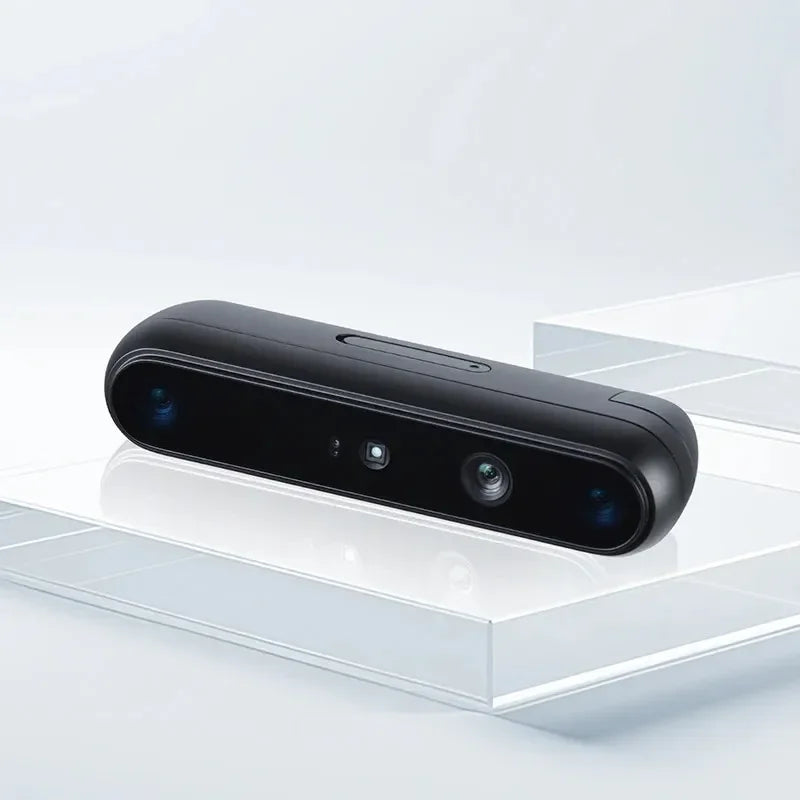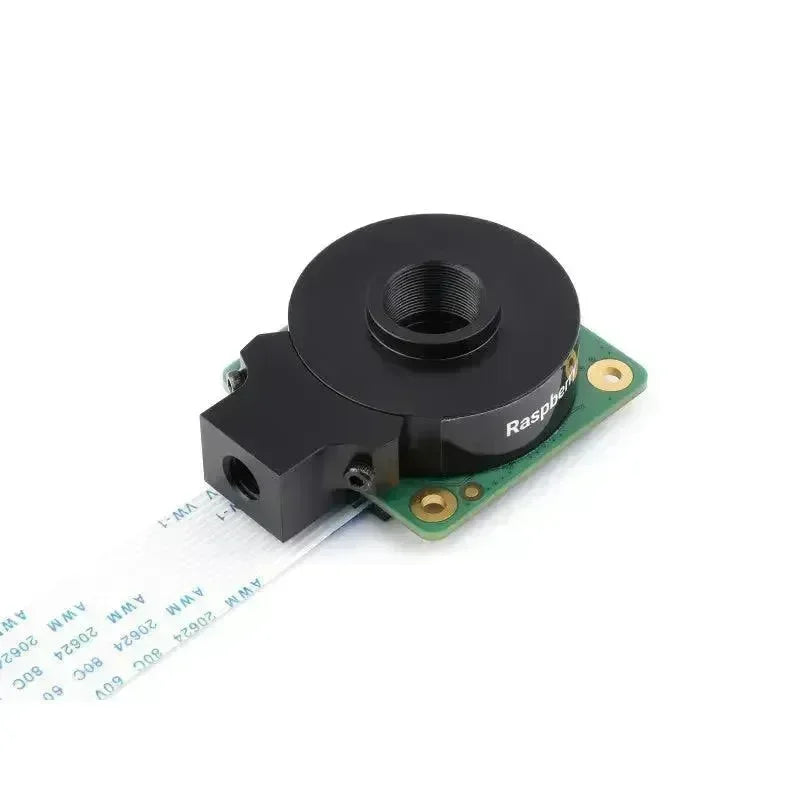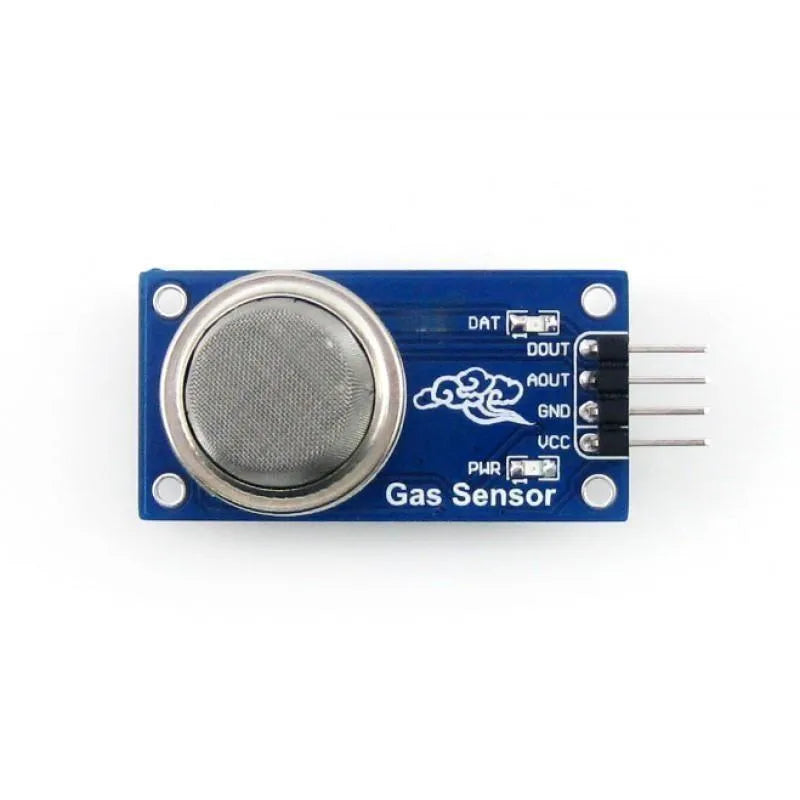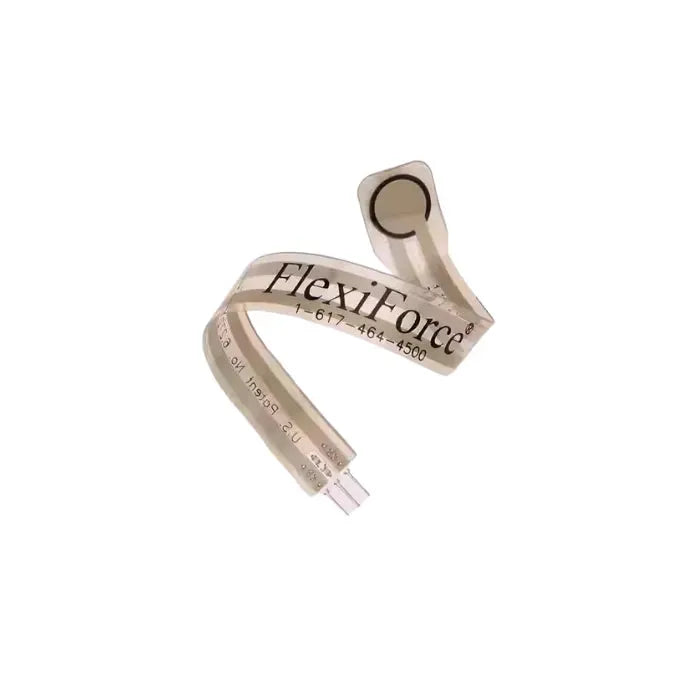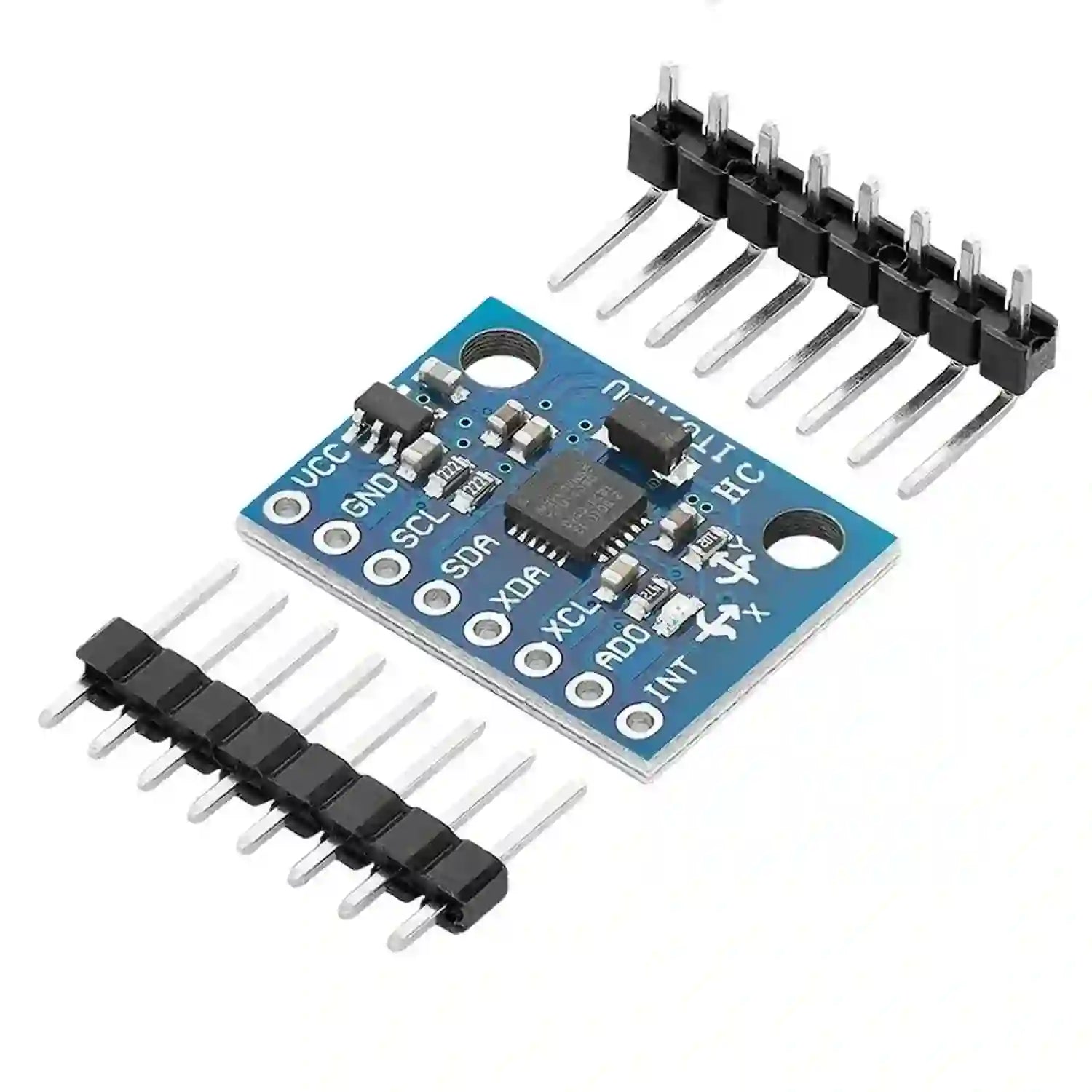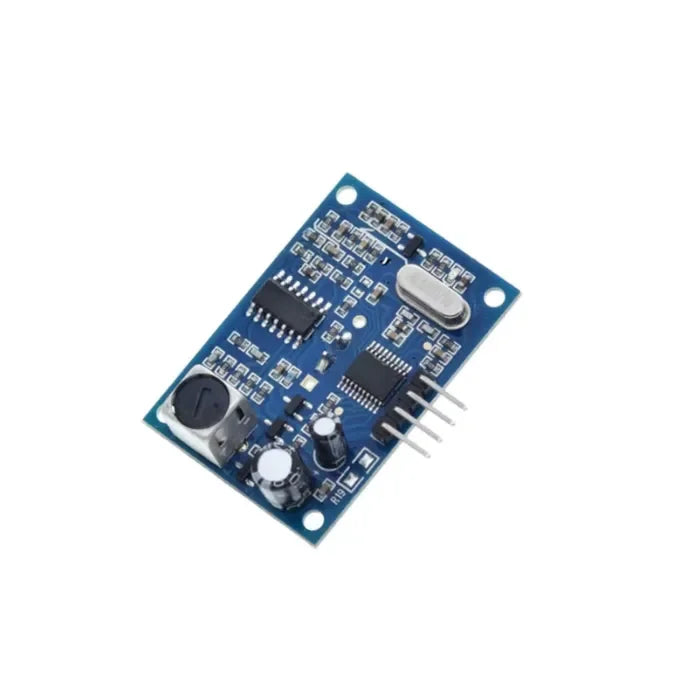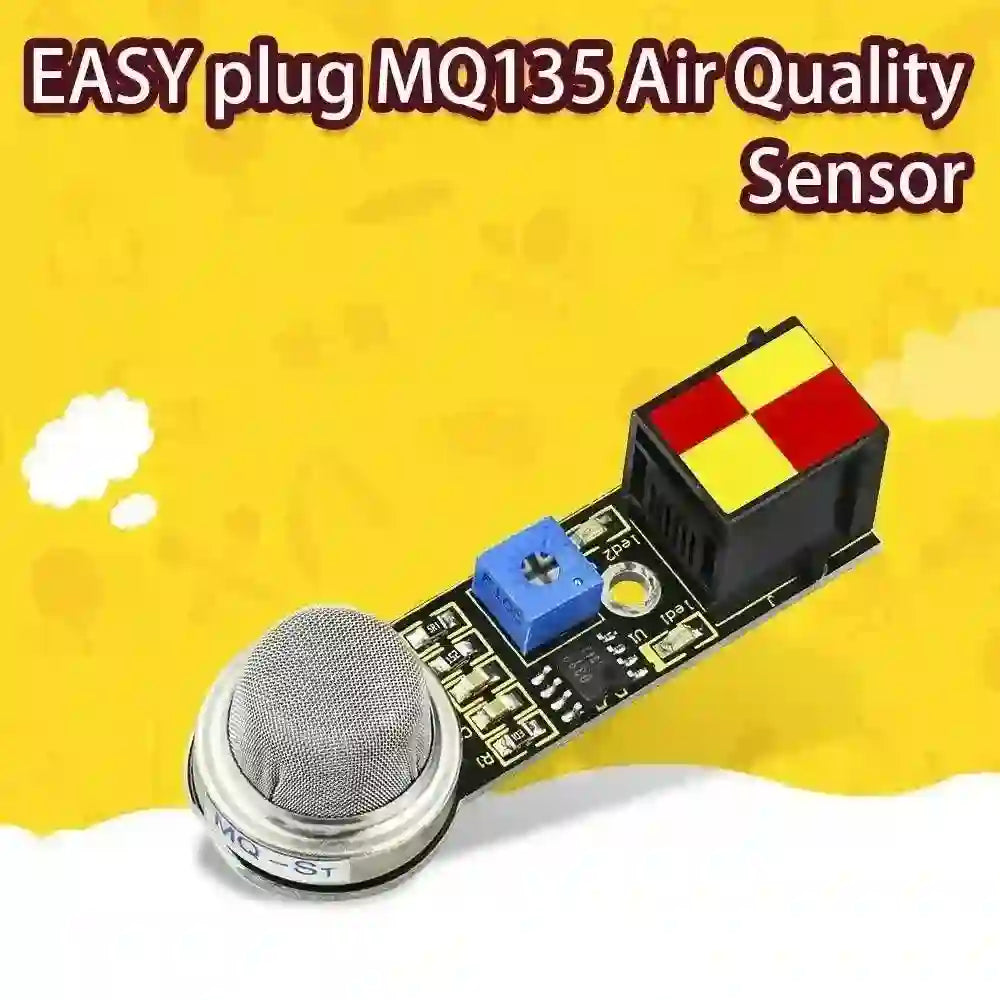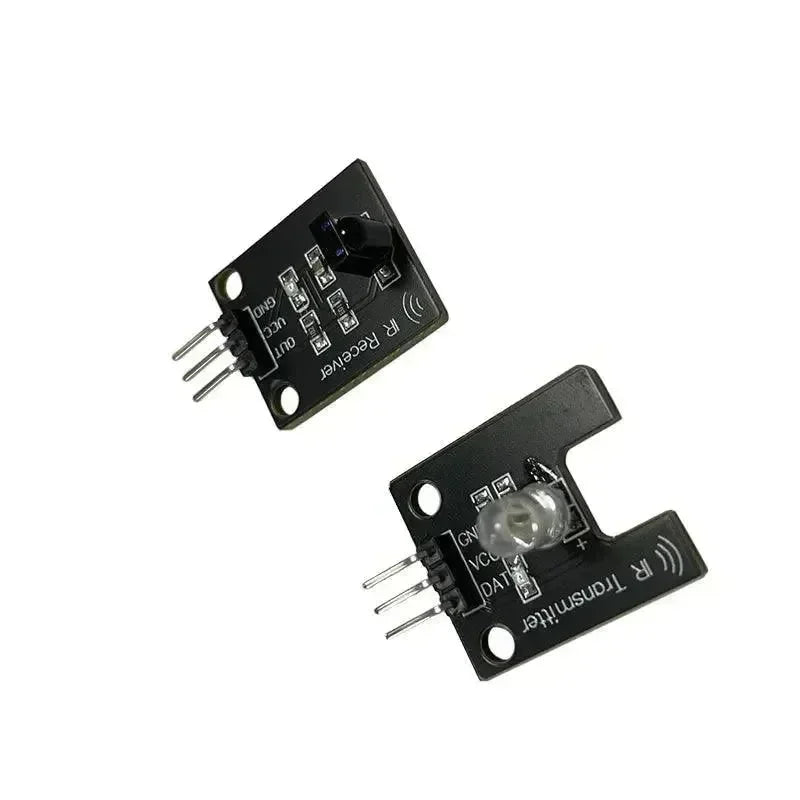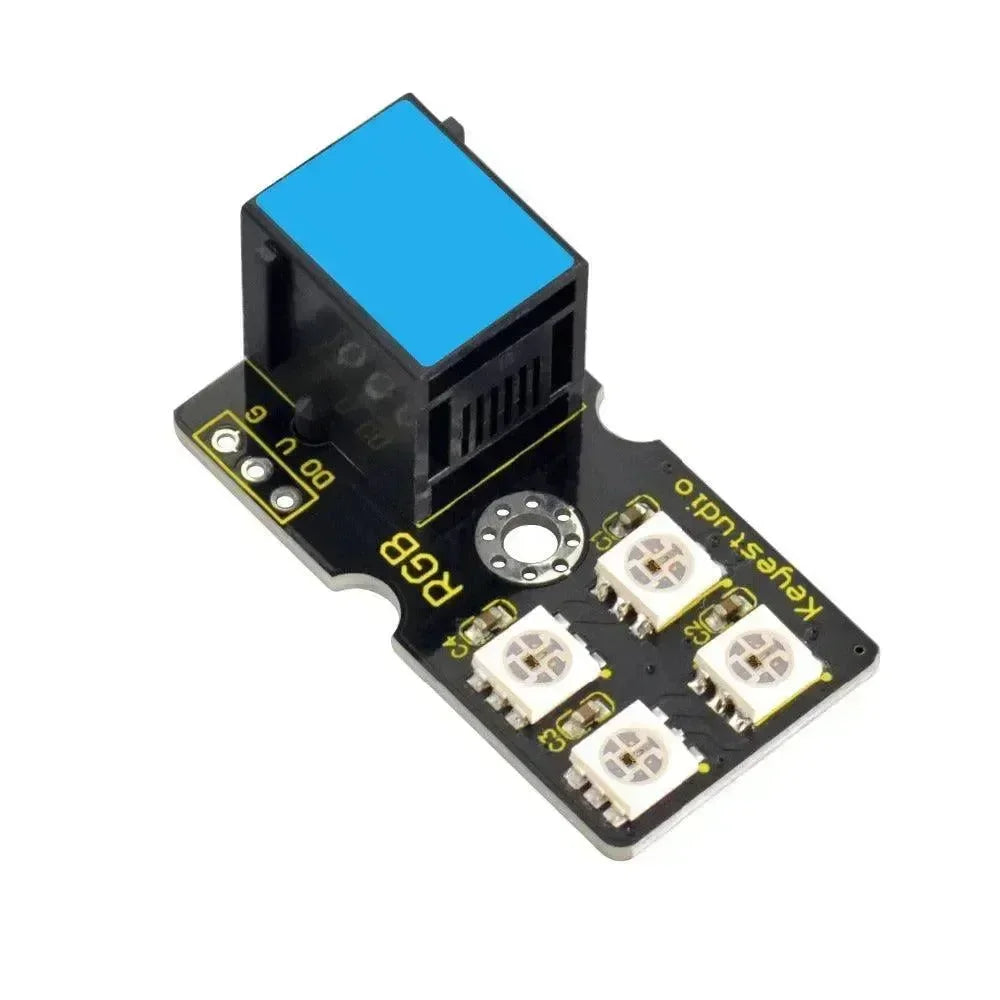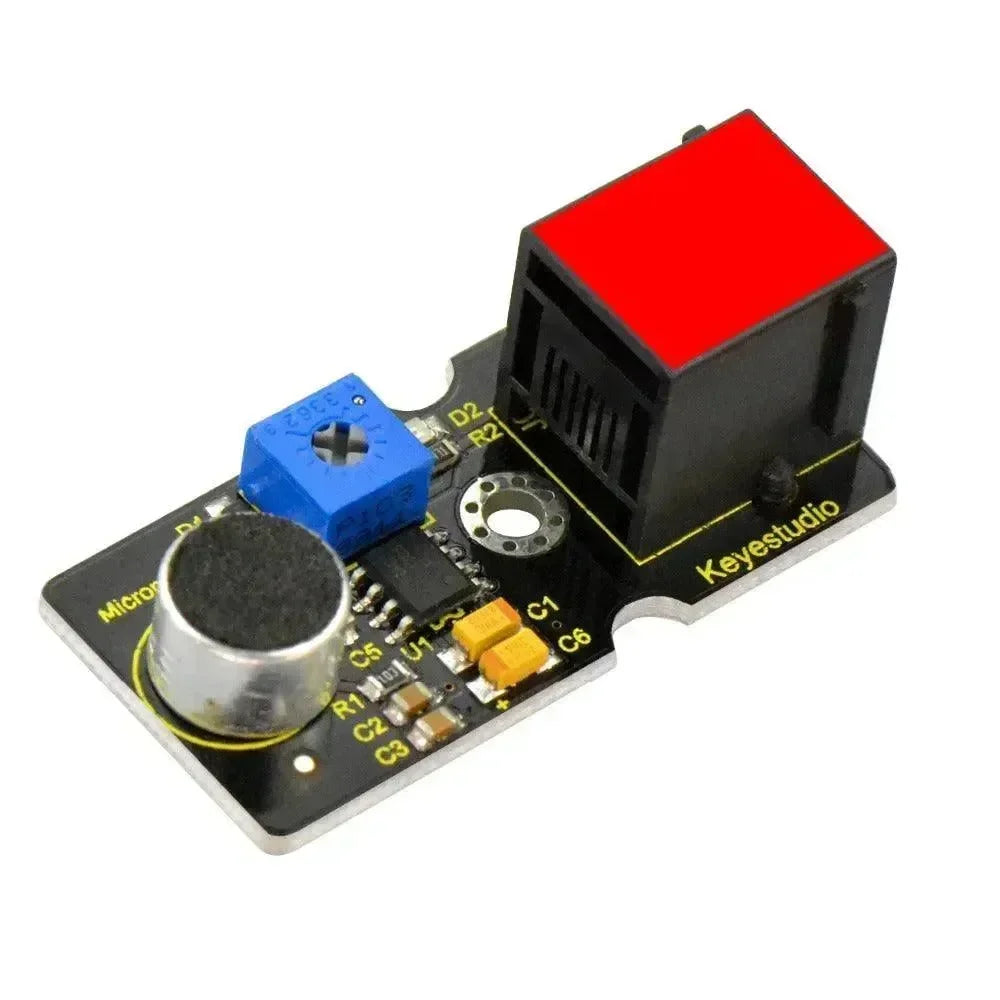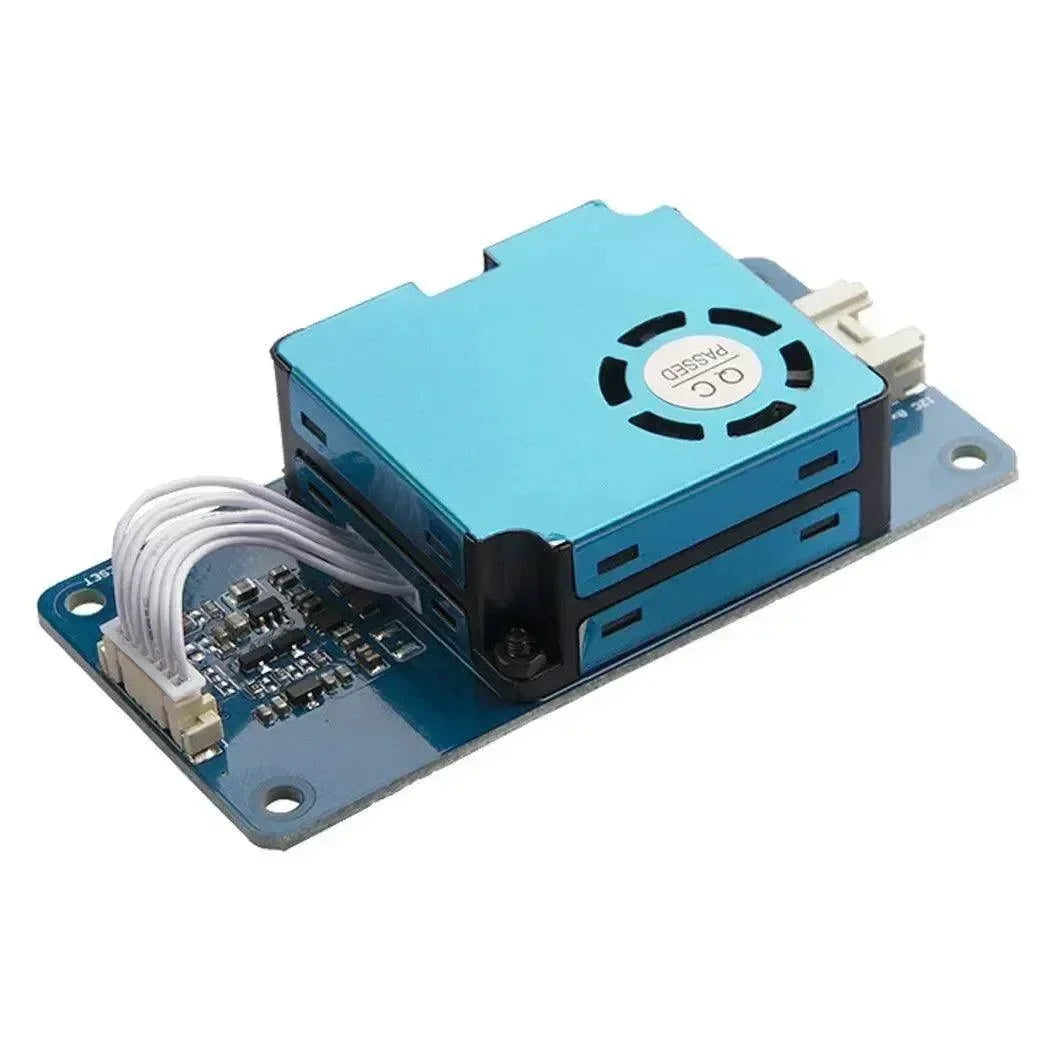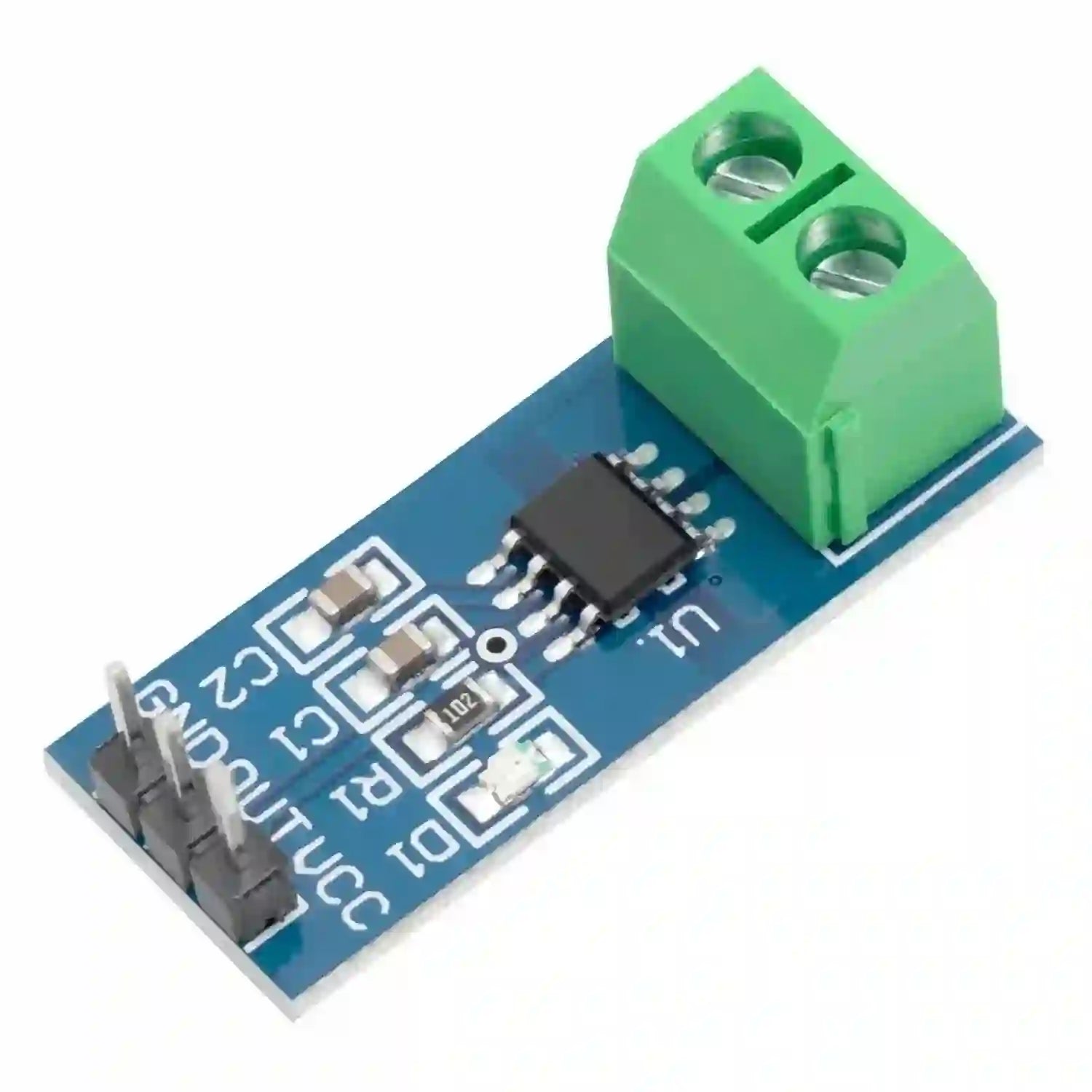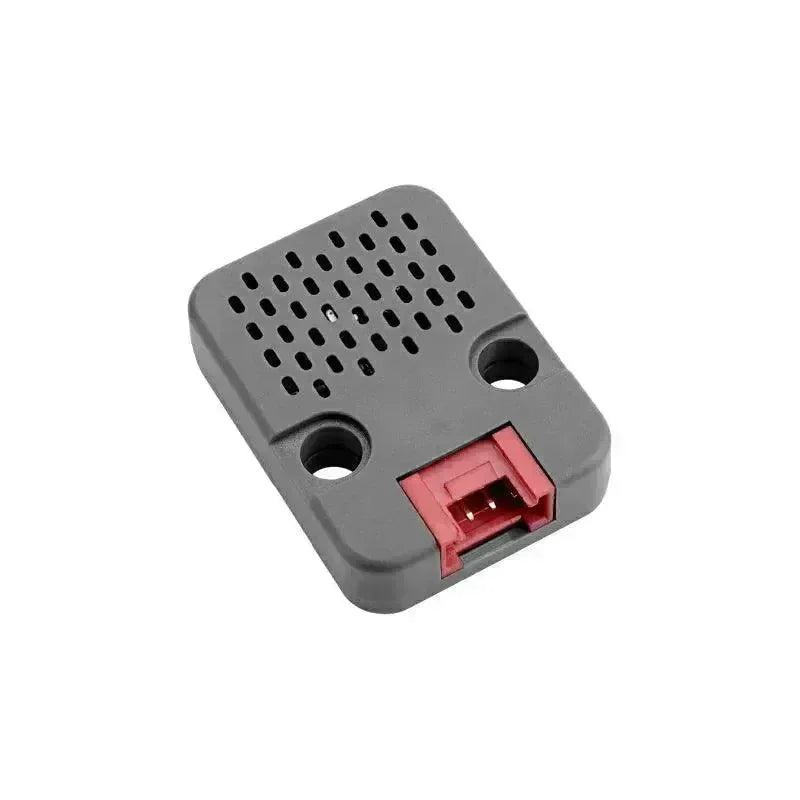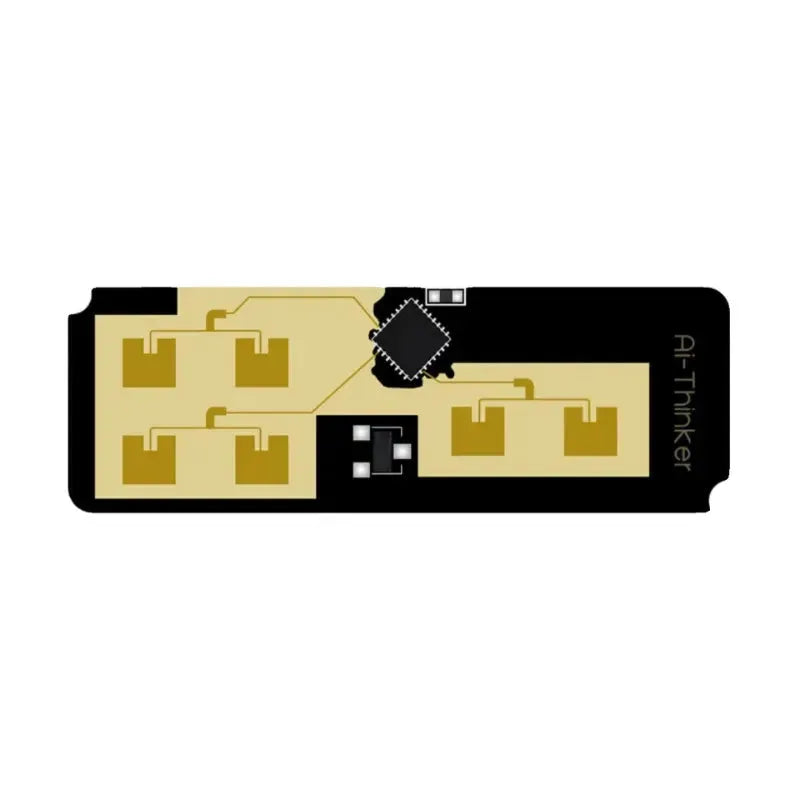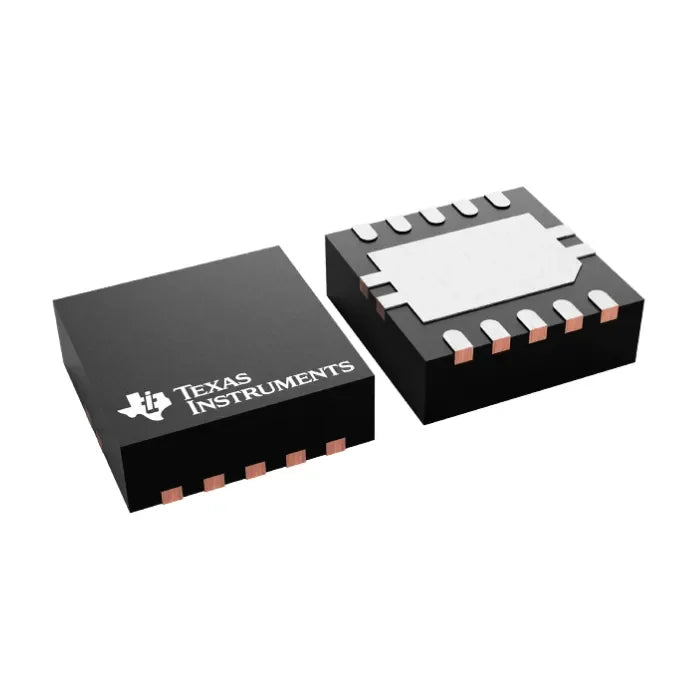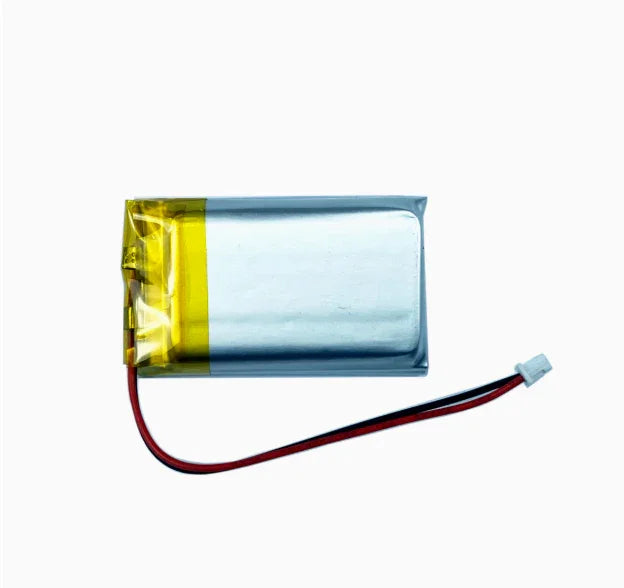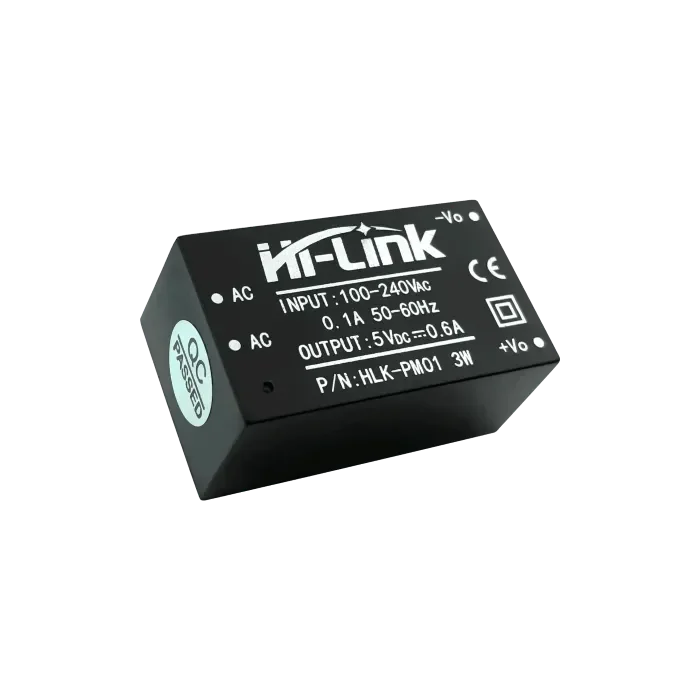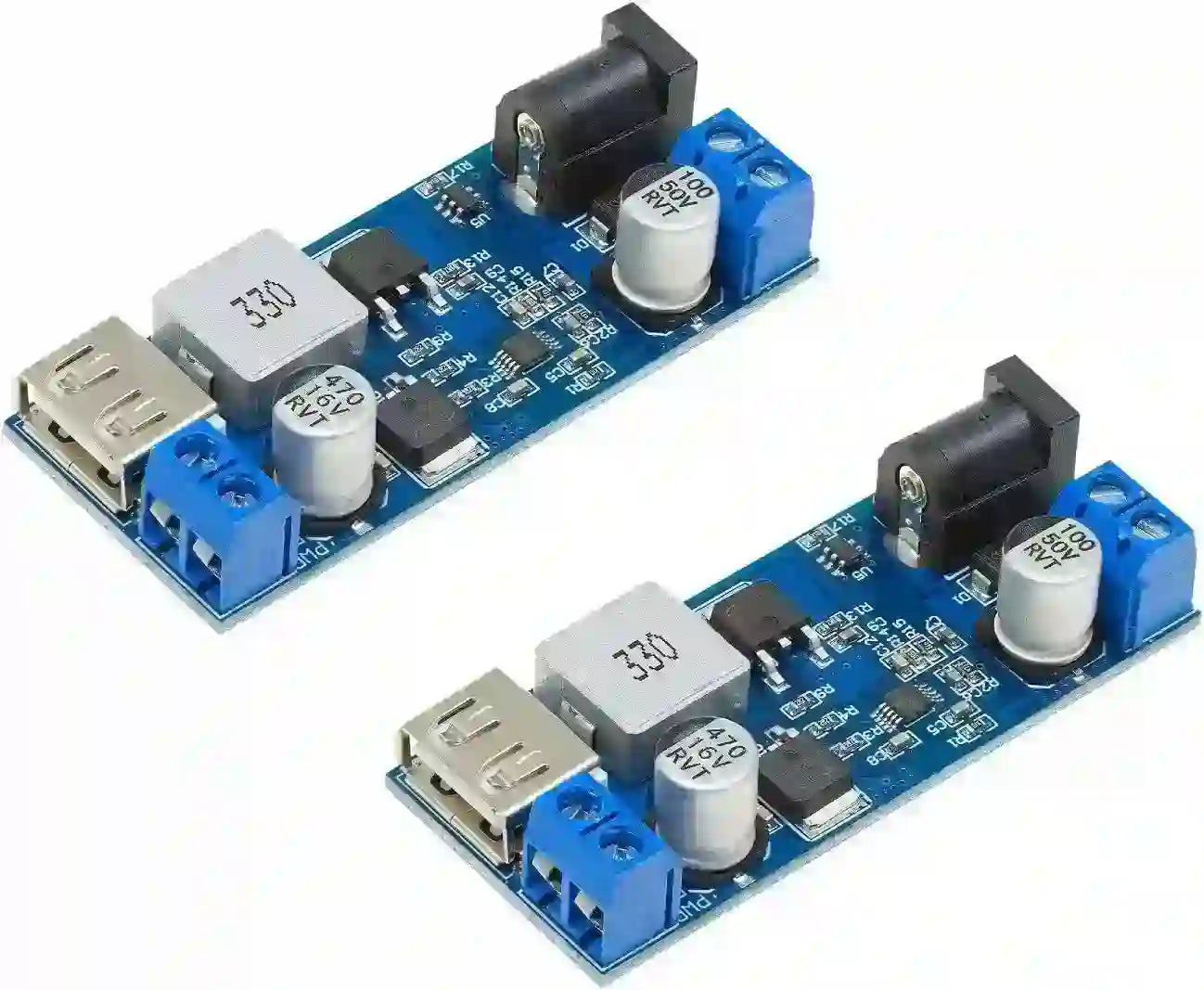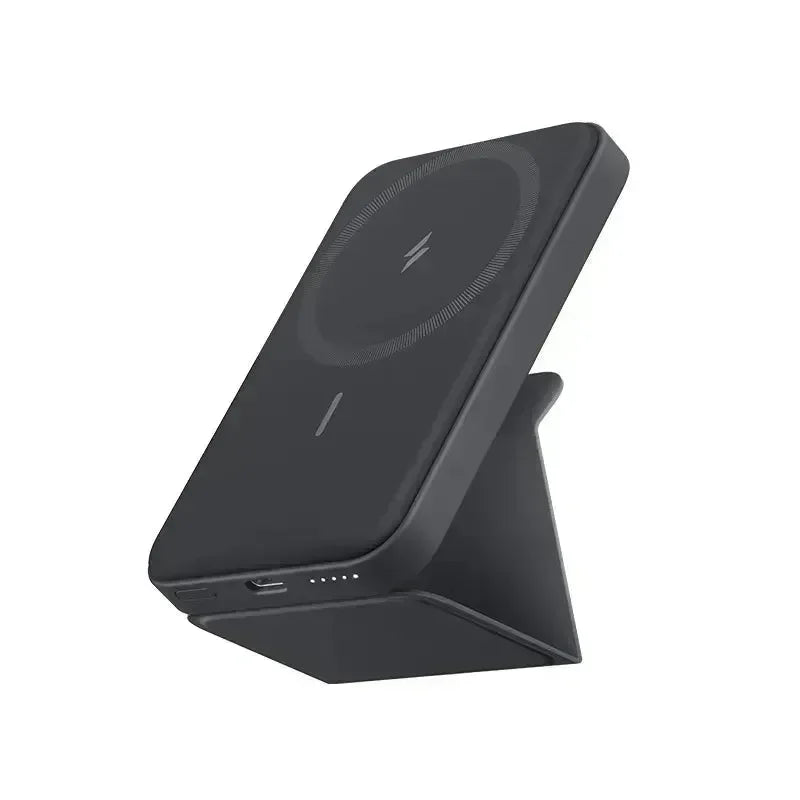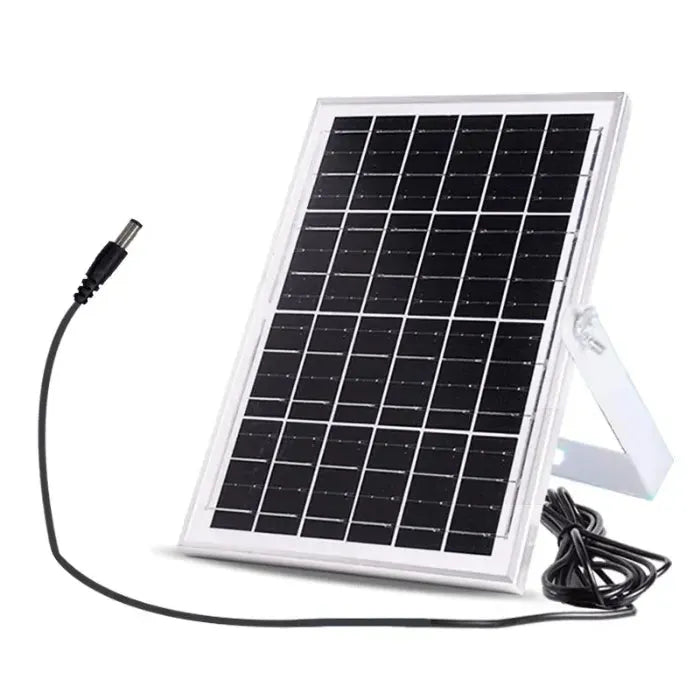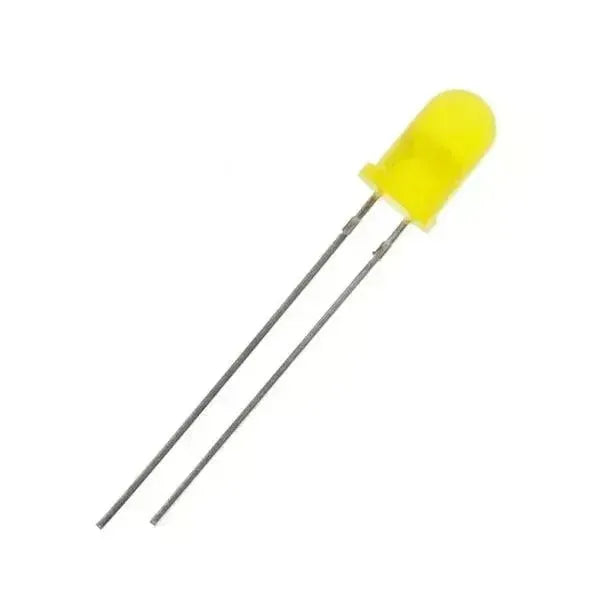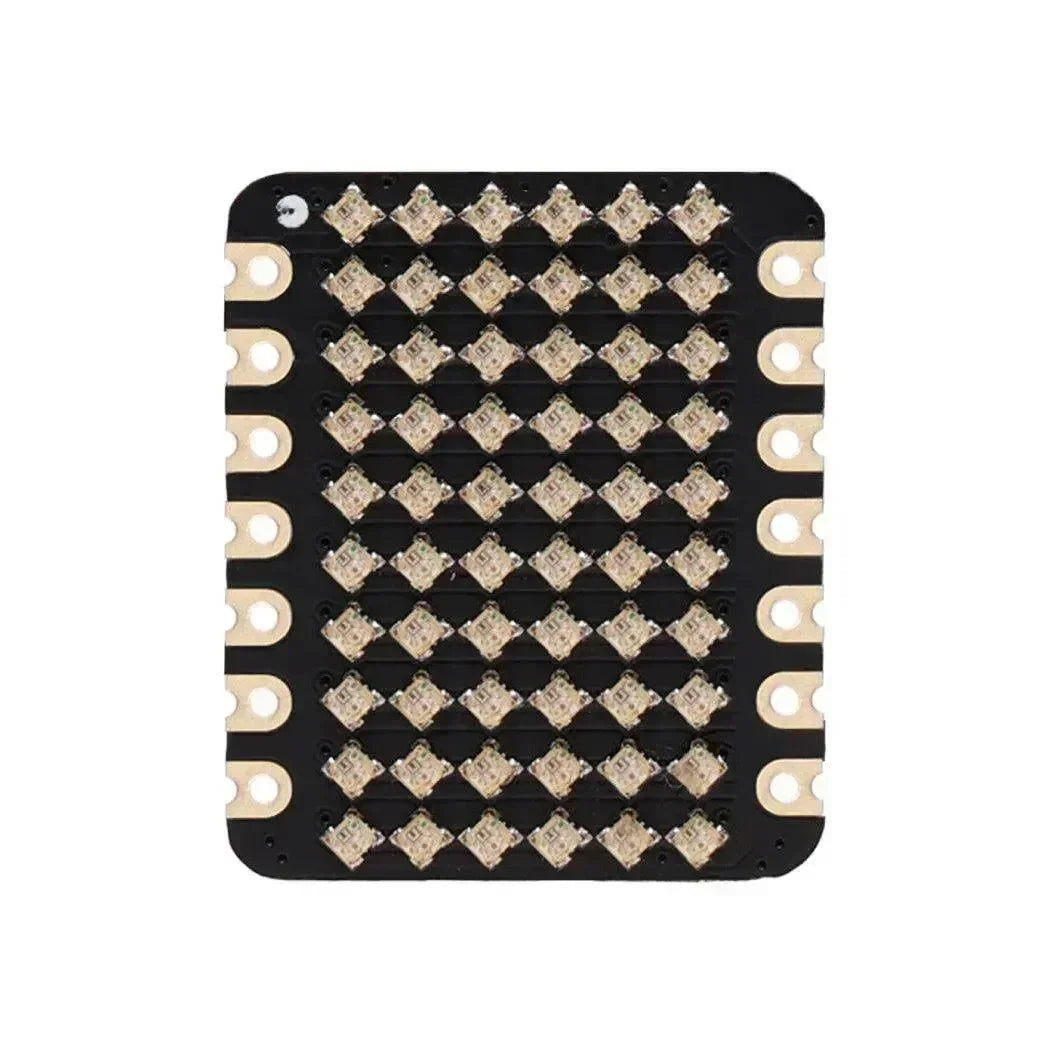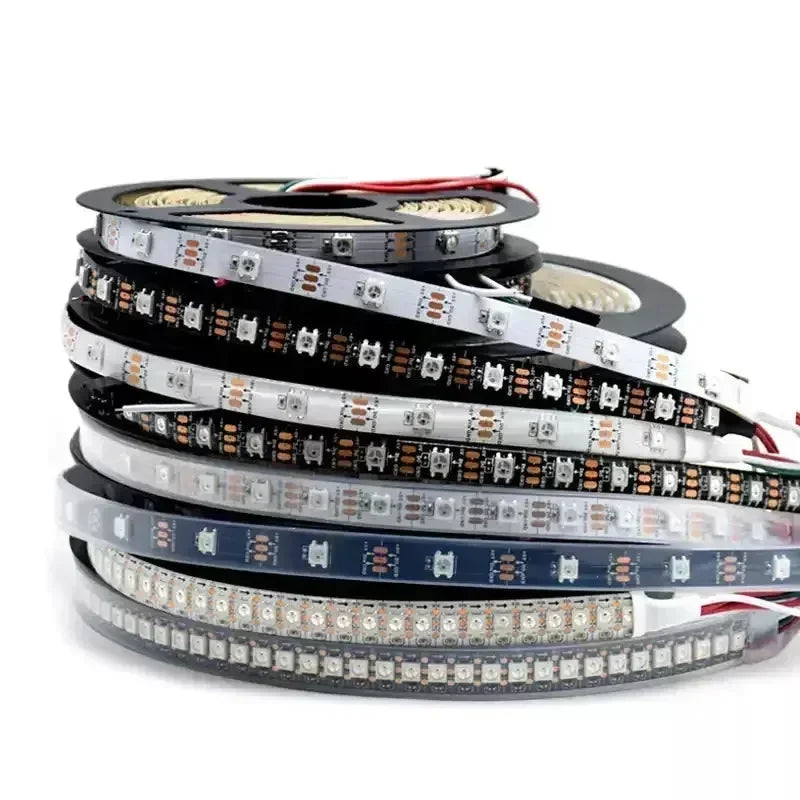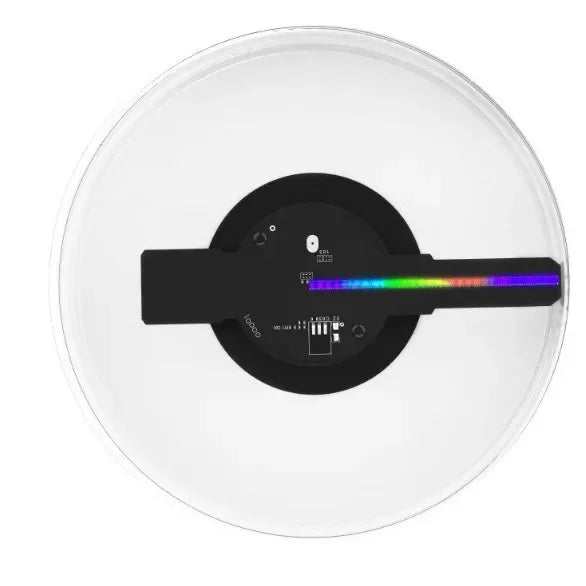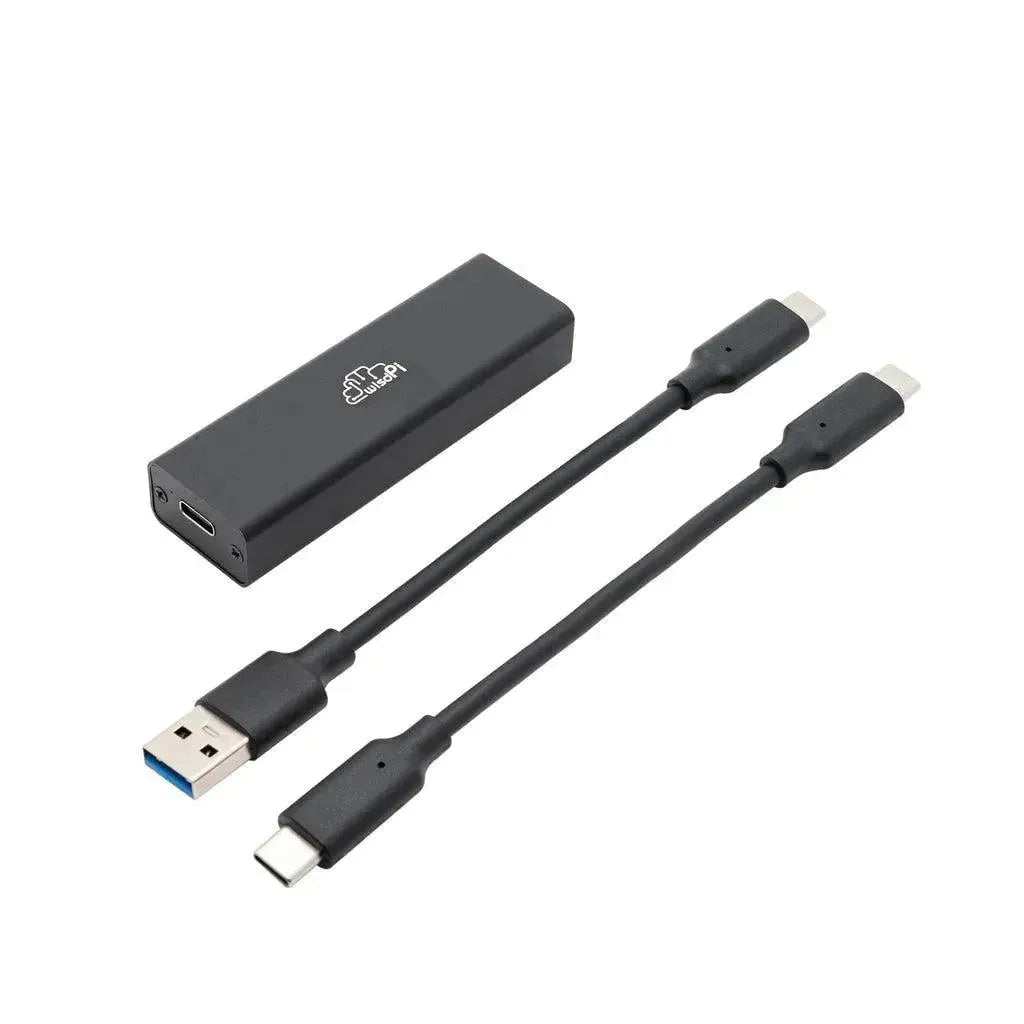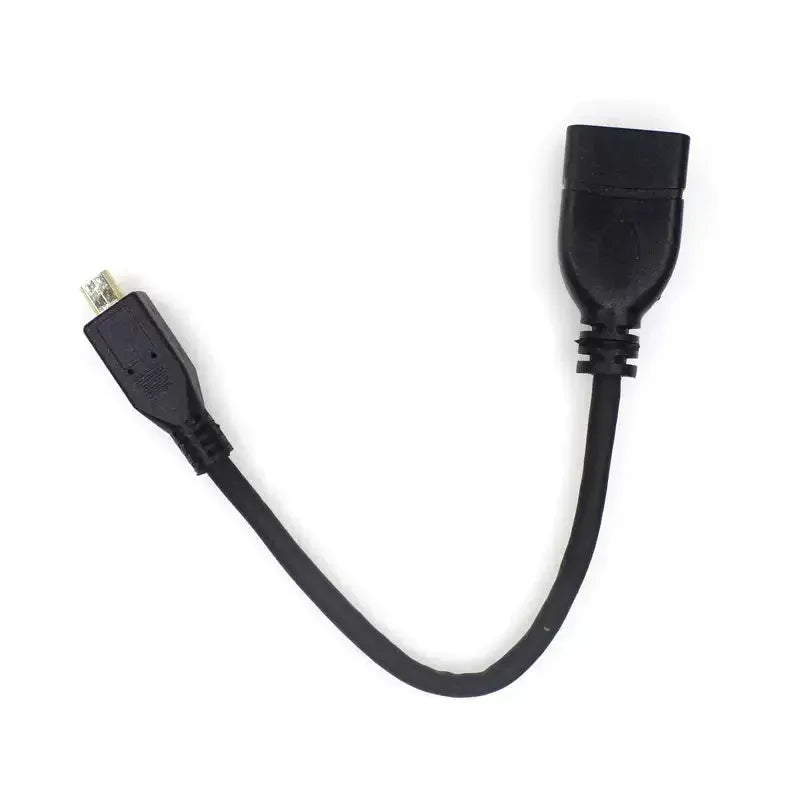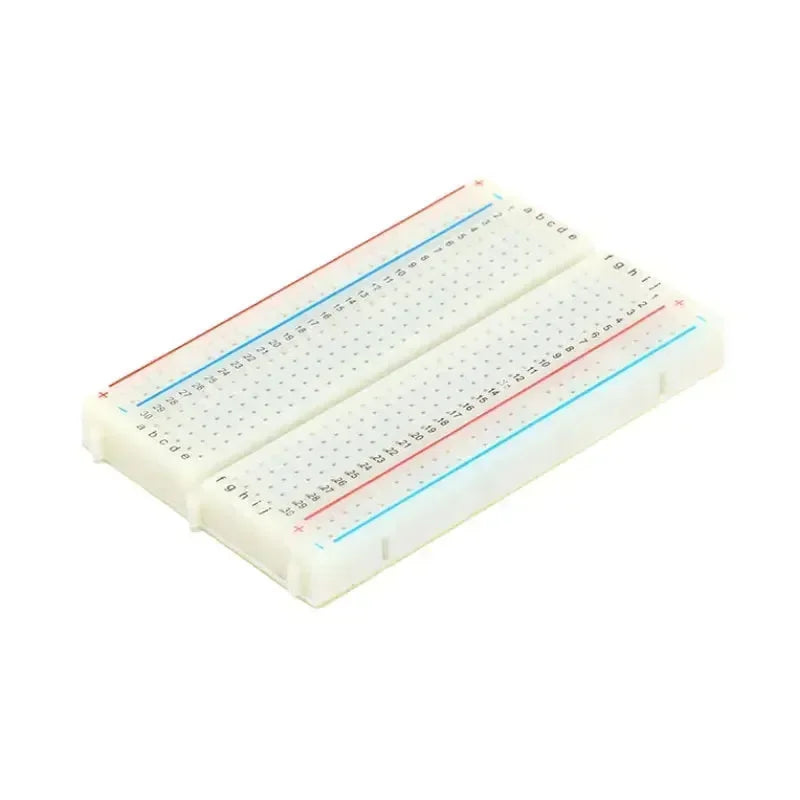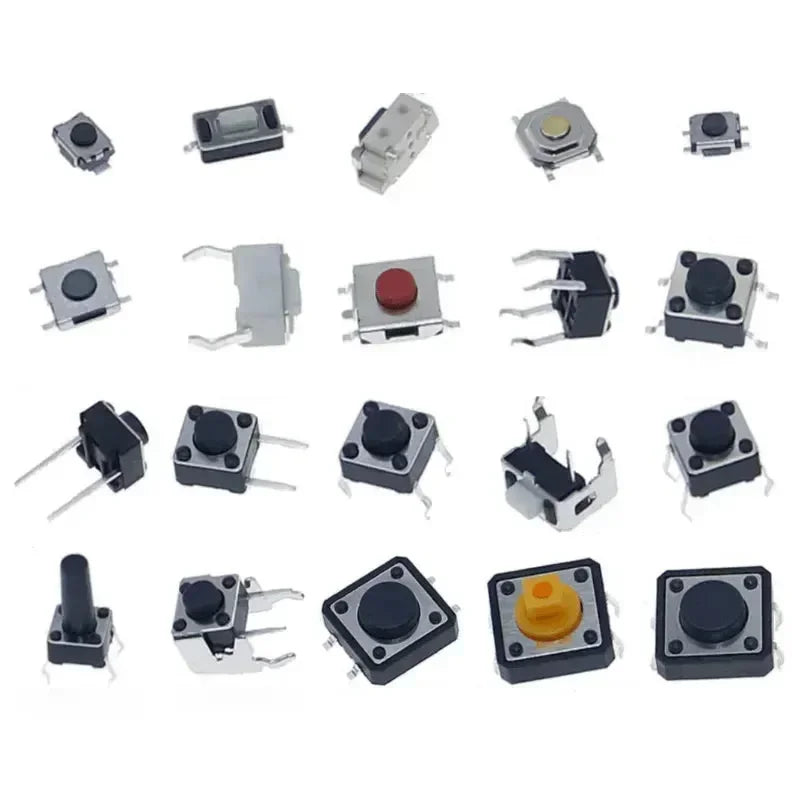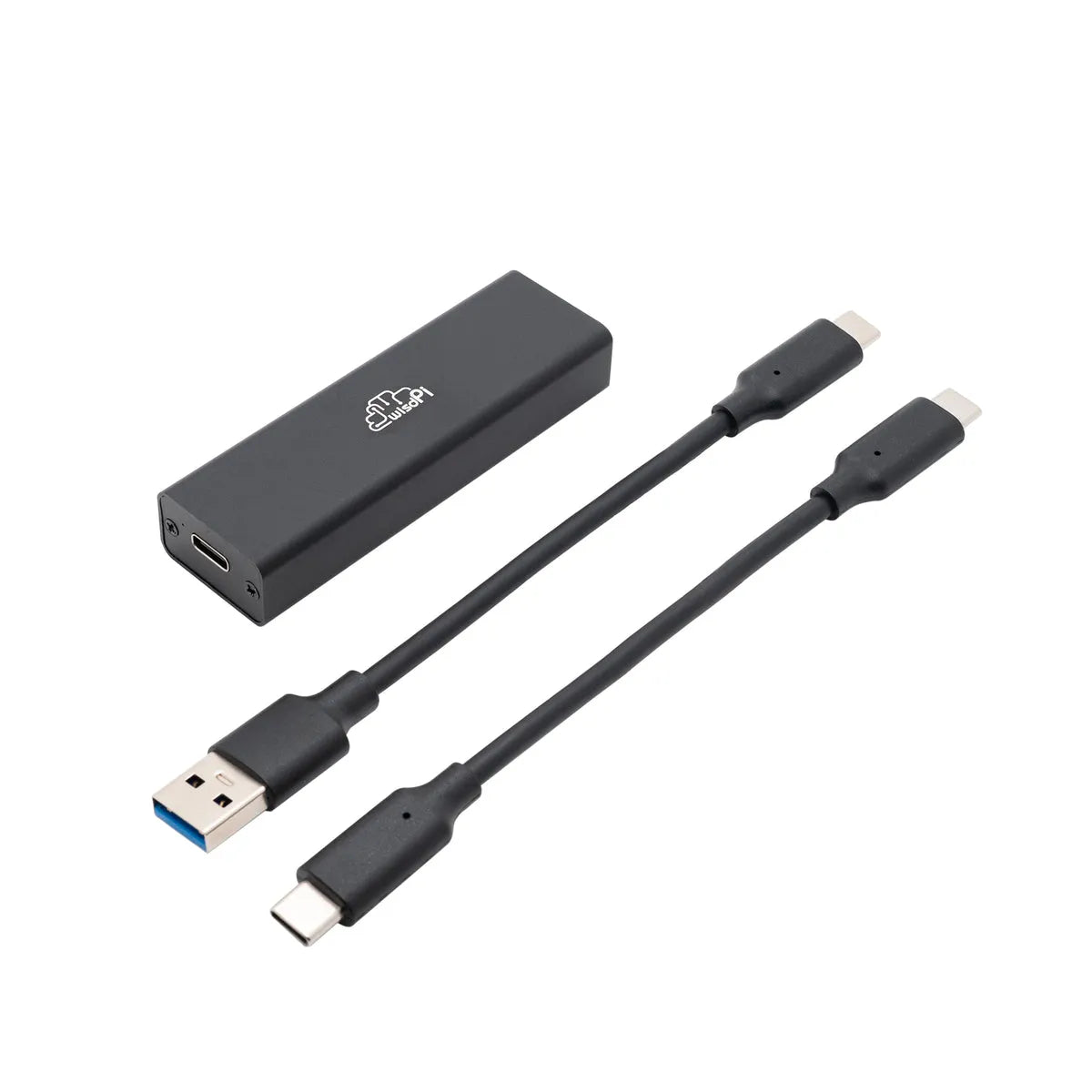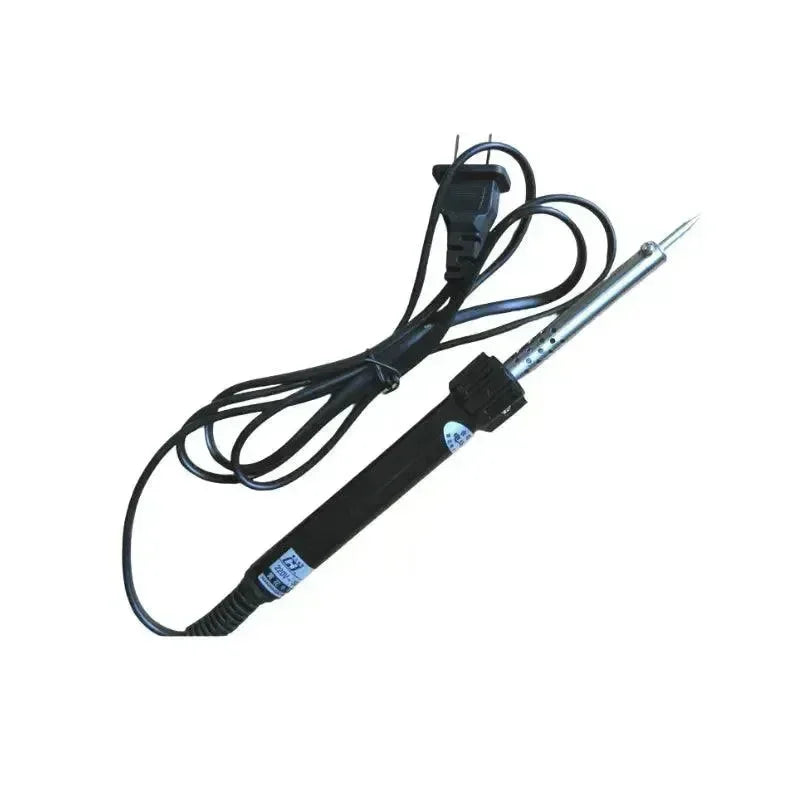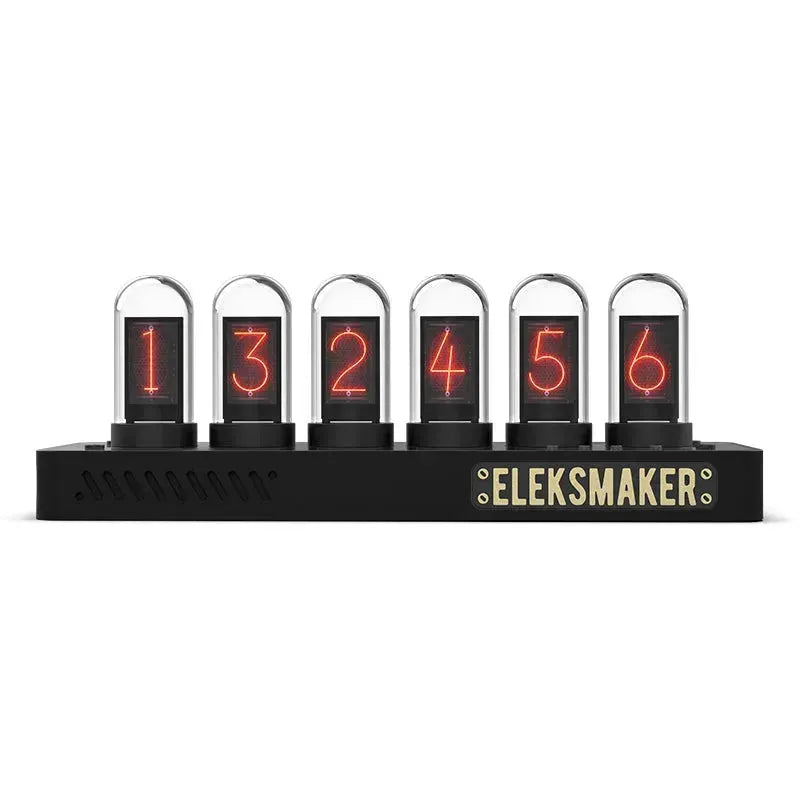How to Use the LILYGO T-Embed CC1101: A Powerful Wireless Communication Module
LILYGO T-Embed CC1101 is a compact, low-power, long-range wireless communication module developed by LILYGO for advanced Internet of Things (IoT) applications. Built on the ESP32 platform and integrated with the CC1101 Sub-GHz transceiver, the LILYGO T-Embed CC1101 supports multiple frequency bands (300–348 MHz, 387–464 MHz, and 779–928 MHz), enabling robust and energy-efficient communication across diverse environments.
As part of the LILYGO T-Embed CC1101 series, this module is engineered for projects that demand long-range connectivity, low power consumption, and reliable Sub-GHz RF performance. It is an ideal solution for IoT sensor networks, remote monitoring systems, industrial telemetry, and other wireless communication projects.
This guide will walk you through how to use the LILYGO T-Embed CC1101, including hardware connections, software setup, firmware flashing, and practical deployment scenarios. Whether you're a hobbyist or a professional developer, this article will help you unlock the full potential of your LILYGO T-Embed CC1101 module.
What is the LILYGO T-Embed CC1101?
LILYGO T-Embed CC1101 is a powerful IoT development board that integrates the CC1101 Sub-GHz wireless transceiver, enabling long-range, low-power wireless communication for a wide range of Internet of Things (IoT) applications. Designed for energy-efficient performance, the LILYGO T-Embed CC1101 supports multiple frequency bands, including 433MHz, 868MHz, and 915MHz, making it ideal for regional and global deployment.
Whether you're building a wireless sensor network, a remote control system, or other embedded IoT solutions, the LILYGO T-Embed CC1101 delivers reliable Sub-GHz RF communication with excellent range and minimal power consumption. As part of the LILYGO ecosystem, the LILYGO T-Embed CC1101 offers seamless integration with other ESP32-based modules and is well-suited for applications requiring robust, long-distance connectivity in constrained environments.
How to Use the LILYGO T-Embed CC1101?
LILYGO T-Embed CC1101 module is a high-performance wireless communication tool developed by LILYGO, specifically designed for low-power, long-range IoT applications. Built around the integrated CC1101 Sub-GHz transceiver, the LILYGO T-Embed CC1101 supports multiple frequency bands including 433MHz, 868MHz, and 915MHz, enabling reliable and energy-efficient wireless data transmission across diverse environments.
As part of the LILYGO T-Embed series, the LILYGO T-Embed CC1101 is ideal for IoT projects such as sensor networks, remote control systems, and industrial telemetry, where robust Sub-GHz communication and extended range are essential. Its compact design and compatibility with the ESP32 platform make it a flexible solution for embedded developers seeking scalable, low-power wireless connectivity.
Below are the detailed steps for using the LILYGO T-Embed CC1101 in wireless communication development, including hardware setup, software configuration, and practical deployment scenarios.
1. Hardware Connections
LILYGO T-Embed CC1101 module is a versatile wireless communication module designed for seamless integration with popular IoT development boards such as Arduino, ESP32, and ESP8266. It connects to the main control board via the SPI interface, enabling fast and reliable data exchange for Sub-GHz wireless communication.
To begin using the LILYGO T-Embed CC1101, you must correctly wire its SPI pins to the corresponding pins on your chosen development board. Proper hardware connection is essential to ensure stable communication between the LILYGO T-Embed CC1101 and your microcontroller.
Below are the basic connection steps for setting up the LILYGO T-Embed CC1101 module with an ESP32, Arduino, or similar platform. This setup is the foundation for enabling long-range, low-power wireless transmission in your IoT project.
- VCC: Connect to the 5V (or 3.3V, depending on the module and board voltage requirements).
- GND: Connect to the ground (GND) of the development board.
- SCK: Connect to the SPI clock pin on the development board (usually pin D13, depending on the platform).
- MISO: Connect to the SPI master-in-slave-out pin (usually pin D12, depending on the platform).
- MOSI: Connect to the SPI master-out-slave-in pin (usually pin D11, depending on the platform).
- CSN: Connect to a digital pin on the development board, used as the SPI chip select signal (e.g., D10).
Ensure that the voltage is correctly matched to avoid hardware damage during the connection process.
2. Install Drivers and Libraries
Before programming, you need to install the required libraries in your development environment (such as Arduino IDE).
- Open the Arduino IDE.
- Go to the "Library Manager" (`Tools` -> `Manage Libraries`).
- Search and install libraries for the CC1101, such as the “RadioHead” or “Simple RF” library.
After installing the libraries, you can use them to simplify coding for communication with the Lilygo T-Embed CC1101 module.
3. Select Frequency Bands and Configure Parameters
To ensure optimal performance of the LILYGO T-Embed CC1101 module, you must configure the correct Sub-GHz frequency band based on your region and application needs. The LILYGO T-Embed CC1101 supports multiple frequency bands, including 433MHz, 868MHz, and 915MHz, making it highly adaptable for IoT wireless communication across different geographic zones.
Since frequency regulations vary by country or region, it's important to select a band that complies with local standards. For example, 433MHz is commonly used in Asia, 868MHz in Europe, and 915MHz in North America. Using the correct frequency ensures legal operation and minimizes interference.
You can configure the LILYGO T-Embed CC1101 module’s working frequency directly in your code by calling the appropriate function, such as cc1101.setFrequency(frequency). This allows developers to fine-tune the CC1101 transceiver for specific IoT applications, whether you're building a sensor network, remote control system, or low-power telemetry node.
4. Write Send and Receive Code
Once the hardware connections are complete and the necessary libraries are installed, you can begin writing code to control the LILYGO T-Embed CC1101 module for wireless communication. The LILYGO T-Embed CC1101 supports Sub-GHz data transmission using the integrated CC1101 transceiver, making it ideal for IoT development projects that require low-power, long-range connectivity.
Using the ESP32 platform, developers can easily configure the LILYGO T-Embed CC1101 to send and receive data across supported frequency bands such as 433MHz, 868MHz, and 915MHz. With proper SPI wiring and initialization, the module can be programmed to handle real-time communication in sensor networks, remote control systems, and other embedded applications.
Here’s a simple example code snippet to get started with the LILYGO T-Embed CC1101, demonstrating basic data transmission and reception setup.
Sending Data:
RH_ASK rf_driver;
void setup() {
Serial.begin(9600); // Initialize serial port
if (!rf_driver.init()) {
Serial.println("RF module initialization failed!");
while (1);
}
}
void loop() {
const char msg[] = "Hello, Lilygo T-Embed!";
rf_driver.send((uint8_t*)msg, strlen(msg)); // Send data
rf_driver.waitPacketSent();
Serial.println("Data sending completed!");
delay(1000); // Sent once per second
}
Receiving Data:
RH_ASK rf_driver;
void setup() {
Serial.begin(9600); // Initialize the serial port
if (!rf_driver.init()) {
Serial.println("RF module initialization failed!");
while (1);
}
}
void loop() {
uint8_t buf[64];
uint8_t len = sizeof(buf);
if (rf_driver.recv(buf, &len)) { // Check if data is received
buf[len] = '\0'; // Add null terminator for the string
Serial.print("Data received: ");
Serial.println((char*)buf);
}
}
In the above examples, you can adjust the data format and content based on your needs. These are basic message transmissions.
5. Debugging and Testing
After writing and compiling your code, upload the program to your development board—such as an ESP32—and begin testing the LILYGO T-Embed CC1101 module for wireless communication. Ensure that the Sub-GHz signal is transmitted successfully and that the receiving end correctly displays the expected data. The LILYGO T-Embed CC1101 is designed for low-power, long-range IoT applications, so proper configuration is essential.
If data is not received or communication is unstable, check the following key factors:
-
Hardware connections: Verify that all SPI pins between the LILYGO T-Embed CC1101 and your development board are securely and correctly connected.
-
Frequency settings: Confirm that both sender and receiver are using the same frequency band—such as 433MHz, 868MHz, or 915MHz—and that it complies with local wireless regulations.
-
Signal interference: Environmental factors may affect Sub-GHz wireless performance. Try switching channels, adjusting transmission power, or modifying communication parameters in your code.
To improve stability and range, consider using an external antenna with the LILYGO T-Embed CC1101 to boost signal strength. You can also optimize the encoding and modulation settings of the CC1101 transceiver to enhance reliability in noisy environments.
6. Integration and Applications
Once the basic sending and receiving tests are successful, you can begin integrating the LILYGO T-Embed CC1101 into more advanced IoT systems. The LILYGO T-Embed CC1101 is ideal for combining with various sensors to enable wireless data collection, remote monitoring, and low-power telemetry across long distances. It can also be paired with control systems to implement remote wireless control in industrial or smart home environments.
Thanks to its support for Sub-GHz communication, Bluetooth, and Wi-Fi, the LILYGO T-Embed CC1101 can be seamlessly integrated with popular IoT platforms, allowing real-time data synchronization with the cloud. Whether you're using MQTT, HTTP, or custom protocols, the LILYGO T-Embed CC1101 provides a flexible and scalable solution for building connected devices that require long-range, low-power wireless communication
7. Battery Power and Low Power Mode
LILYGO T-Embed CC1101 features an ultra-efficient low-power design, making it an excellent choice for battery-powered IoT devices that require long-range wireless communication. To maximize energy efficiency, the LILYGO T-Embed CC1101 can be placed into sleep mode when not actively transmitting or receiving data, significantly reducing power consumption and extending battery life in field deployments.
Developers can manage the power consumption of the LILYGO T-Embed CC1101 through software by using functions such as cc1101.setSleepMode() in their code. This allows precise control over the CC1101 transceiver’s activity state, which is especially useful in low-duty-cycle applications like remote sensors, environmental monitors, or asset tracking systems.
By combining the ESP32 platform with the LILYGO T-Embed CC1101’s built-in Sub-GHz communication and sleep functionality, developers can build robust, low-power wireless solutions optimized for long-term, off-grid operation.
Summary
In conclusion, the LILYGO T-Embed CC1101 module stands out as a versatile, powerful, and developer-friendly wireless communication solution for a wide range of IoT applications. Designed by LILYGO with a focus on low power consumption, long-range Sub-GHz connectivity, and seamless integration with platforms like ESP32, the LILYGO T-Embed CC1101 is ideal for building battery-powered sensor networks, remote monitoring systems, and wireless control devices.
Supporting multiple frequency bands—including 433MHz, 868MHz, and 915MHz—the LILYGO T-Embed CC1101 ensures compatibility with regional communication standards and offers reliable performance in both indoor and outdoor environments. Its compact form factor, integrated CC1101 transceiver, and flexible I/O options make it a top choice for developers, engineers, and hobbyists seeking to create robust, scalable, and energy-efficient IoT communication systems.
Whether you're prototyping a new embedded device, deploying a low-power telemetry node, or experimenting with wireless data transmission, the LILYGO T-Embed CC1101 provides the essential tools and flexibility to bring your IoT project to life.
FAQ
What is the LILYGO T-Embed?
LILYGO T-Embed is a compact and versatile IoT embedded panel developed by LILYGO, designed for programmable development across a wide range of Internet of Things (IoT) applications. Powered by the advanced ESP32-S3 microcontroller, the LILYGO T-Embed supports both Wi-Fi and Bluetooth 5 connectivity, enabling seamless integration into wireless communication systems, smart devices, and embedded control platforms.
With its sleek black shell and tactile black keys, the LILYGO T-Embed combines modern aesthetics with functional design. The enclosure is constructed from durable ABS and PC materials, and an optional translucent variant is available for enhanced visibility of internal components. Its standardized layout integrates the display, circuit board, and I/O interface into a single unit, simplifying hardware setup and reducing development time.
The LILYGO T-Embed also features a 1.9-inch IPS color TFT LCD, rotary encoder, buttons, microphone, speaker, and multiple GPIO pins, making it ideal for building wearables, smart home controllers, portable dashboards, and other low-power IoT systems. Whether you're a hobbyist or a professional developer, the LILYGO T-Embed provides a reliable and flexible platform for creating innovative, connected solutions.
What is the difference between Flipper Zero and LILYGO T-Embed CC1101?
The Flipper Zero is a multi-functional wireless hacking tool designed for exploring, analyzing, and interacting with a wide range of wireless protocols, including RFID, NFC, infrared, Bluetooth, and sub-GHz signals. It is popular among security researchers, hobbyists, and penetration testers for its broad protocol support and portable design.
In contrast, the LILYGO T-Embed CC1101 is a dedicated wireless communication development board engineered specifically for IoT applications that require low-power, long-range Sub-GHz connectivity. Built on the ESP32 platform and integrated with the CC1101 transceiver, the LILYGO T-Embed CC1101 supports frequency bands such as 433MHz, 868MHz, and 915MHz, making it ideal for sensor networks, remote monitoring, and embedded systems where stable, energy-efficient communication is essential.
While the Flipper Zero offers broad protocol versatility and is geared toward wireless protocol testing and security exploration, the LILYGO T-Embed CC1101 is optimized for IoT development, providing developers with a reliable platform for building wireless data transmission systems, battery-powered devices, and long-range telemetry nodes.
In summary, the Flipper Zero is a general-purpose tool for wireless experimentation, whereas the LILYGO T-Embed CC1101 is a specialized solution for building robust, scalable, and low-power IoT communication systems within the LILYGO ecosystem.

